Those poor, unfortunate cheats at Audi are in trouble again.
This time it’s for another few lines of software code that allow cars to fiddle an emissions test. Cue the predictable long faces, furrowed brows and tutting disapproval of the mainstream media, which we’ve no need to repeat.
I’m not excusing it and neither should anyone else. But before heaping even greater scorn on top of a growing pile, a would-be critic really ought to spend a few hours in the company of a modern automotive engineer and get some perspective on the endless list of often conflicting targets they’re expected to hit for almost every facet of a new car’s state and function.
What an irony, then, that if you’re an engineer working down the road at Audi Sport, rather than at the mothership, you’ve no need to resort to ‘creative’ software coding to find a shortcut where you need one. You simply use the special dispensation that Neckarsulm has apparently been awarded from the laws of Newtonian physics. That, surely, is how this outfit can make a two-tonne RS6 Performance estate car hit 60mph from a standstill in just 3.4sec – as verified by the Autocar road test timing gear recently. And only that, you might imagine, could make the subject of this comparison test, the new TT RS, good for matching its equally jaw-dropping official 0-62mph claim of 3.7sec. That or rocket boosters.

Here is a TT that’s substantially quicker away from a standing start than most current-generation Porsche 911s, never mind a 718 Cayman. A BMW M2 is considerably slower as well – as is every version of the current BMW M3, BMW M4, BMW M5 and BMW M6. Both a Ferrari F430 and a 997-generation 911 Turbo take longer to get to 62mph. Absurd, isn’t it?
The Audi TT has never been an ordinary sports car. It flouts the rule book and shuns the mechanical templates that deliver the dynamic advantages of either a mid-engined or a rear-driven rival. It has quattro four-wheel drive, of course, but that makes it only more unusual in a class where most manufacturers deem one driven axle sufficient.
And yet somehow, with this RS version, the car disappears into even more left-field territory. It’s as though making a better sports car wasn’t enough and Audi’s aim was instead to reproduce the enormous, giantkilling, bang-for-your-buck-busting traction and pace of a 911 Turbo S or a Nissan GT-R at an even more accessible price point. The RS sub-brand clearly needed a new cult hero. And so, to find out if that’s exactly what Audi Sport has got, we’ve lined up what we consider to be the fastest and most impressive four-wheel-drive performance cars produced to a similar brief.
Until the TT RS came along, you’d have held up Mercedes-AMG’s 376bhp A45 as the sub-£50,000 answer to the search for ultimate, eye-popping, unconditional speed, accessible on any road and in any weather. It has had a fairly major mechanical refresh in the past 12 months, it has four driven wheels and a dual-clutch automatic gearbox, it’s £10,000 cheaper than the TT and it’s capable itself of cracking 60mph in a whisker over four seconds.

And then there’s the turbocharged, four-wheel-drive five-door that was brand new for 2016, is £20,000 cheaper than the Audi, ought to be within touching distance of it on power and real-world pace, and has the most trick all-corner drivetrain that the hot hatchback market has yet seen: the 345bhp Ford Focus RS. If the TT RS really is to make good on that 3.7sec 0-62mph claim and prove itself the quickest, grippiest, most usable and most exciting performance car on the cheaper side of an £80,000 GT-R, it’ll need to start by flicking off these current masters of the art.
But before we start, a footnote. If this field feels as incomplete to you as it does to me without a Subaru Impreza Turbo or a Mitsubishi Evo in it, all we can do is regret the fact that the car makers that popularised the performance niche the TT is now expanding no longer offer a credible player within it. The Evo is long dead, in all likelihood never to return in anything like the guise we once knew. The Impreza Turbo lives on in the current WRX STI, but it has become a shadow of its former self and you’d no sooner line it up against this Audi than pit Mike Tyson against Anthony Joshua in a heavyweight championship bout. Trust me: that fight would get very messy indeed.
We must all concentrate our minds on the here and now. And, usefully, that’s exactly what a warbling 394bhp five-pot engine in the front of a pint-sized TT helps you to do.
MOUNTAINS TO CLIMB
Onto the roads first: slippery, foggy, bumpy Welsh mountain roads in November, which are precisely the sort that fast 4x4s ought to be made for in my book. In this setting, what do five turbocharged cylinders, four driven wheels, seven paddle-selectable forward gears and enough grunt to outpunch Colin McRae’s 1995 championship-winning Impreza rally car do for this Audi?

The short answer is ‘plenty’. The longer one might even include some colourful language if I were explaining it to you, wide-eyed, over a not-so-quiet pint in a corner of some convenient licensed premises. Even if you’re fairly well used to the performance level of modern supercars, the TT RS feels properly fast. The genius of the car, if we can agree to call it that, is to make that combustive violence so accessible and tame – to make this feel like a car that could handle even more. That’s the really brain-frying bit, which we’ll come on to.
But let’s start in the rear-view mirror of an A45, which is a particularly interesting viewpoint from which to judge the TT RS’s pace because, as a rule, cars only get smaller when you’re looking at them in it. The Focus RS certainly does.
Although I’d hoped for a more even fight, it’s a touch disappointing to find the gap between the pointto-point speed of the Ford and its pricier opposition as large as this. It’s as much to do with transmission as power or torque. These cars accelerate quickly everywhere – at high speeds, at low speeds, up steep inclines and on the flat – but the Audi and Mercedes-AMG always seem to be in the right gear, with the next one just a finger flick away.
The Ford’s is a more oldfashioned, physically engrossing sort of powertrain. It’s still fast and arguably more rewarding than those of its rivals here, but it’s part of a driving experience that needs more management and interaction than either of the others. Only when you’re on top of your game will the Focus deliver to the best of its ability; that’s something I like about it.
But as for the TT RS, it steadfastly refuses to get smaller in the rear-view mirror when you’re trying to put distance between it and the back of your A45. While the four-cylinder turbo in your Mercedes-AMG crackles, spits and growls away menacingly, you can hear the music of the Audi’s in-line five getting closer and louder by the second. Meanwhile, the low, wide, LED-lit blodge of red in that rear-view mirror is gradually getting bigger, too. There’s no escaping it – no denying that, down those clear and wellsighted straights at least, the A45 is meat and drink to the TT RS.

Time to switch seats and find out what we’re missing. Audi’s torque curve for this five-cylinder engine says it makes peak torque all the way from 1700rpm to near enough 6000rpm. It certainly doesn’t feel like that. Not that the engine feels soft underfoot, or at all peaky anywhere in its bristling repertoire. But there’s a definite surge of force as the needle sweeps past about 2000rpm and then another one as it passes 4000rpm, making the charge between 4000rpm and 7000rpm the chunk of the tacho you’ll want to keep working within if you want to put as much tarmac under your wheels as possible in a short space of time. Whereas the A45’s engine feels mostly about mid-range torque, the TT’s is more balanced. It sounds great, but it offers so much more than that enigmatic ‘bwarrrrp’ of noise. This is a genuinely great engine: dramatic, smooth, rich, flexible, exciting and very potent indeed. In a time of lawnmower-like Caymans, it’s one to cherish.
And yet something has gone missing, too. The TT RS feels firm, flat and much more direct than either the A45 or the Focus, but not any better balanced when cornering. It has only just over two turns of steering between locks, and it hardly seems to roll at all on turn-in, but it hardly darts incisively at apexes, either.
But the most conspicuous absence of all in the Audi’s driving experience is of steering feedback – and that isn’t by accident. Like so many fast Audis, the TT RS is all isolation and good manners. Its ability to put more than 350lb ft of torque onto the road through a predominantly front-driven driveline without so much as a whiff of steering corruption or torque steer is uncanny; likewise its resistance to bump steer and tramlining in a suspension set-up so stiff. For a vivid contrast, look to the Focus RS, which needs no second invitation to follow the contours of the road or to jink and tug away at the wheel under power.
And so the Audi can be driven at Mach 2 as effortlessly as if you were tootling down to the shops, whereas the Ford demands every shred of your concentration. But the TT RS is also regrettably uncommunicative, and stiff legged when the bigger bumps come; in contrast, the Focus is so effusive and terrier-like that it might wear you out.
And the A45 quite expertly splits to the two positions. Its steering has useful directness but matching weight and lots of feel. Its suspension is taut enough to keep its body in check but yielding enough to absorb the road’s nastier ridges and craters – and to allow only enough roll to help develop grip rather than adversely affect it. The AMG’s handling is at once progressive, predictable and precise, and you need all three to really take encouragement and confidence from a car like this. On the road, the AMG is little short of brilliant.
RALLY STAGE FINALE
Our test ends at Oulton Park. The circuit’s excellent low-grip tarmac rally stage makes the perfect venue for finding out not only how our three rivals might tackle a really treacherous surface but also which of them does the best impression of Kevin Eriksson’s sensationally sideways rallycross car.

This is where I’m expecting the Ford to make its bid for glory – but no. In the event, the Focus’s Michelin tyres just don’t seem to work as well on the track’s wet, polished surface as the TT’s Pirellis or the A45’s Dunlops, and there’s too much understeer for the Ford to push through to allow it to show off its driveline at the heights we’ve witnessed elsewhere.
And between the other pair, it’s the AMG that rams home a dynamic superiority that was unmistakable on the road, sealing a well-deserved win. Where the TT runs out of grip suddenly, takes attitude the same way and only ever seems to use its four-wheel drive system to drag the car straight again, the A45 (fitted with AMG’s optional limited-slip front differential) is much more adjustable when grip becomes slip. Nudging into a slide gently on a trailing throttle and feeling more balanced and predictable as you feed power back in, the A45 doesn’t quite drift under power like the Focus can, but its superior balance of grip means that it simply doesn’t need to.
Tougher tests of the TT RS are to come. A full road test will reveal if it really can match that incredible 0-62mph claim and get even further under its skin. But for now, at least, it’s pretty clear that it’ll take more than knockout five-cylinder power and pace to dominate the very best of the breed that the modern fast 4x4 has become – and that the TT is still some way off hero status.
3rd - TT RS has an epic powertrain and is incredibly easy to drive quickly. Too isolating, too muted and a bit too unyielding to really set your pulse racing, though.
2nd - Focus RS spectacularly over-delivers on pace, balance and involvement at its £30k price point but isn’t quite the giant killer we hoped it might be.
1st - A45 has greater pace and a better gearbox and ride in revised form. More communicative than the TT and well worth its premium over the Focus.

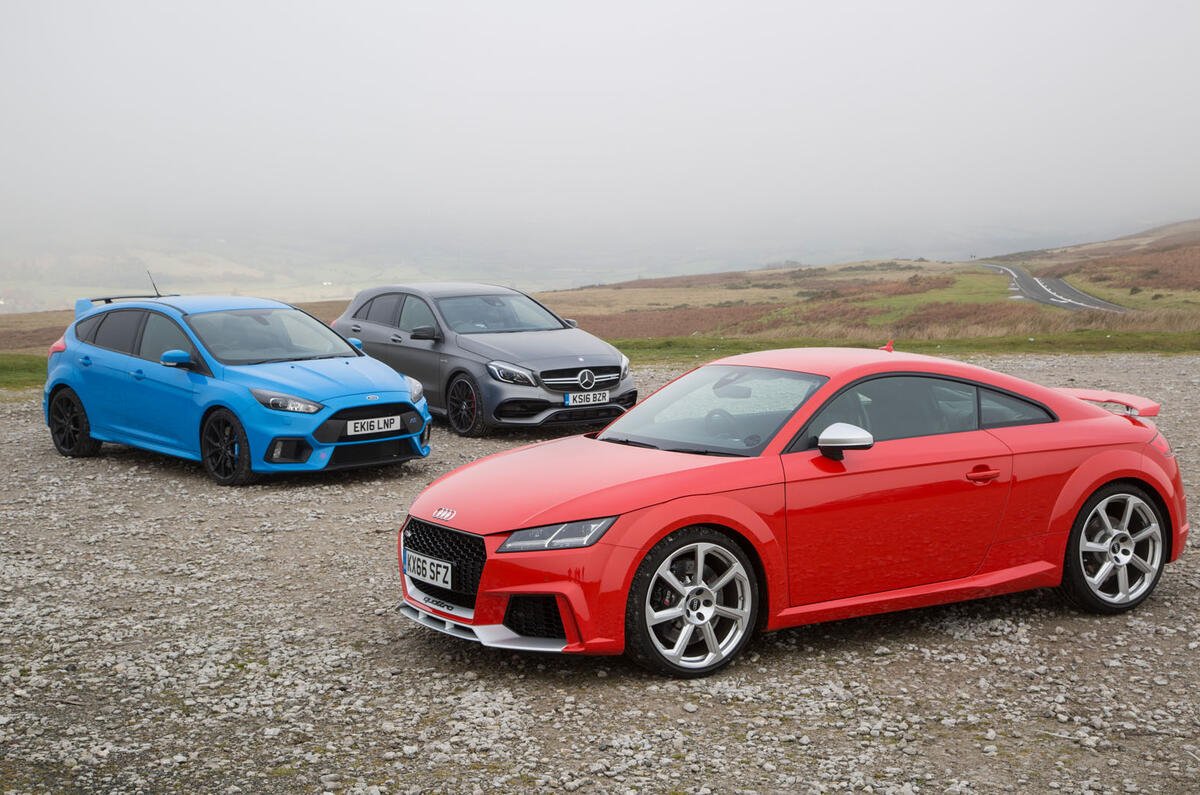
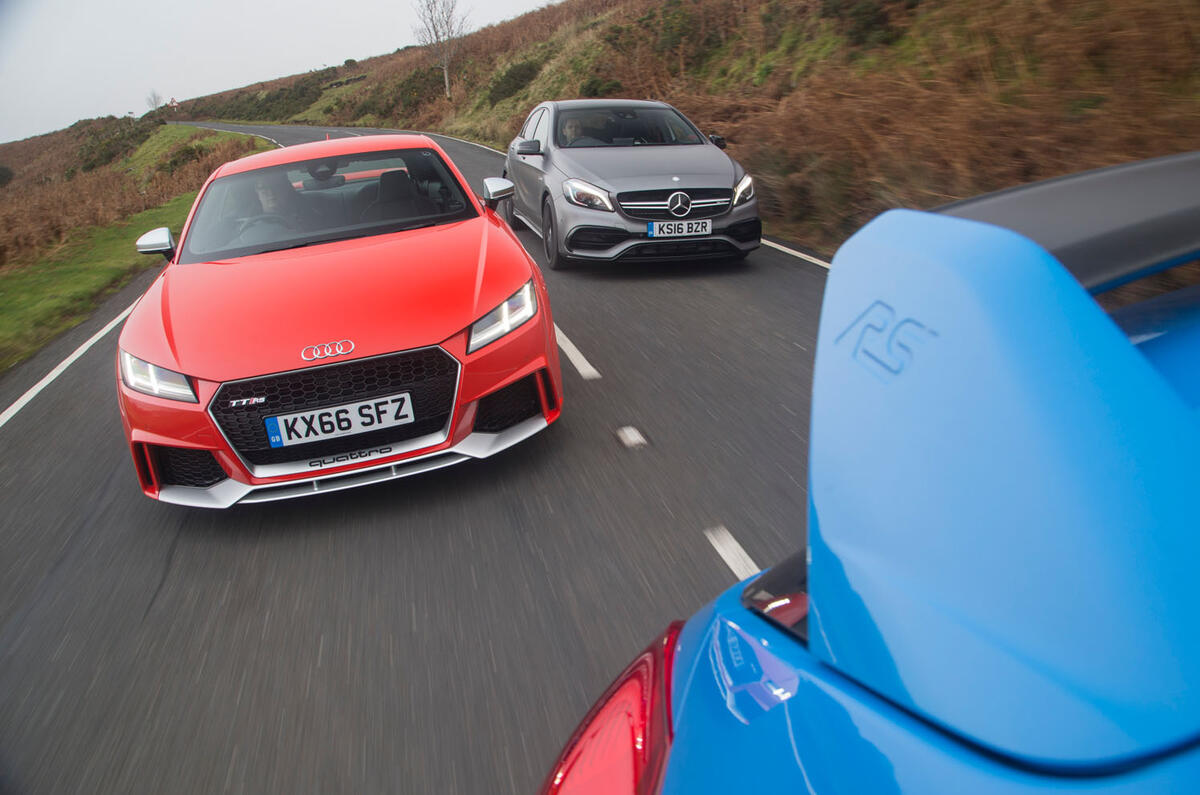
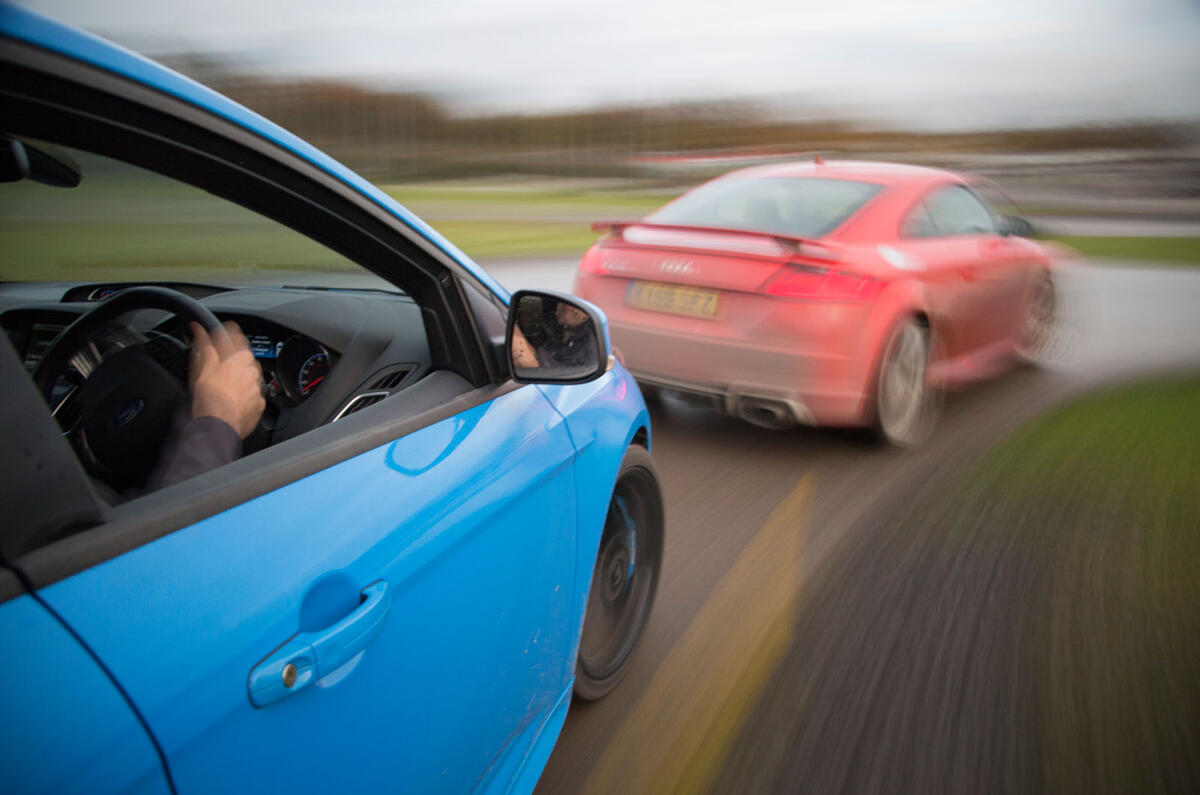
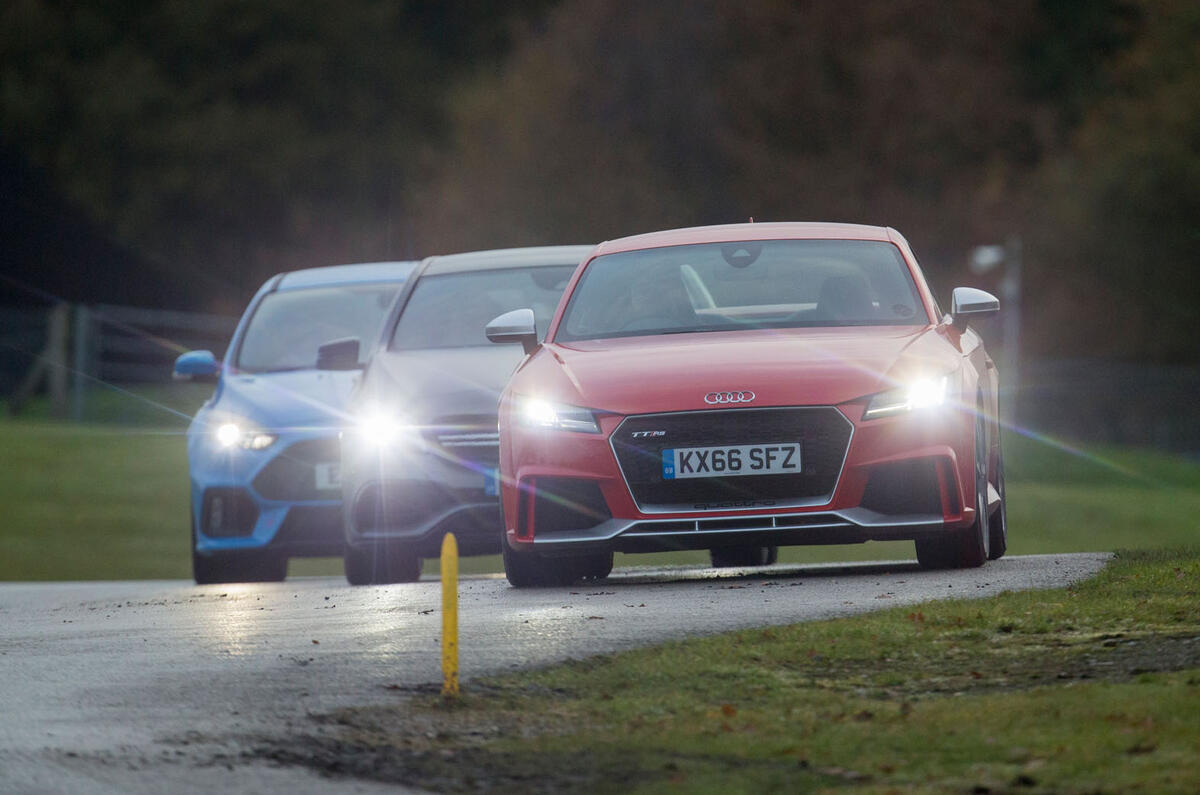
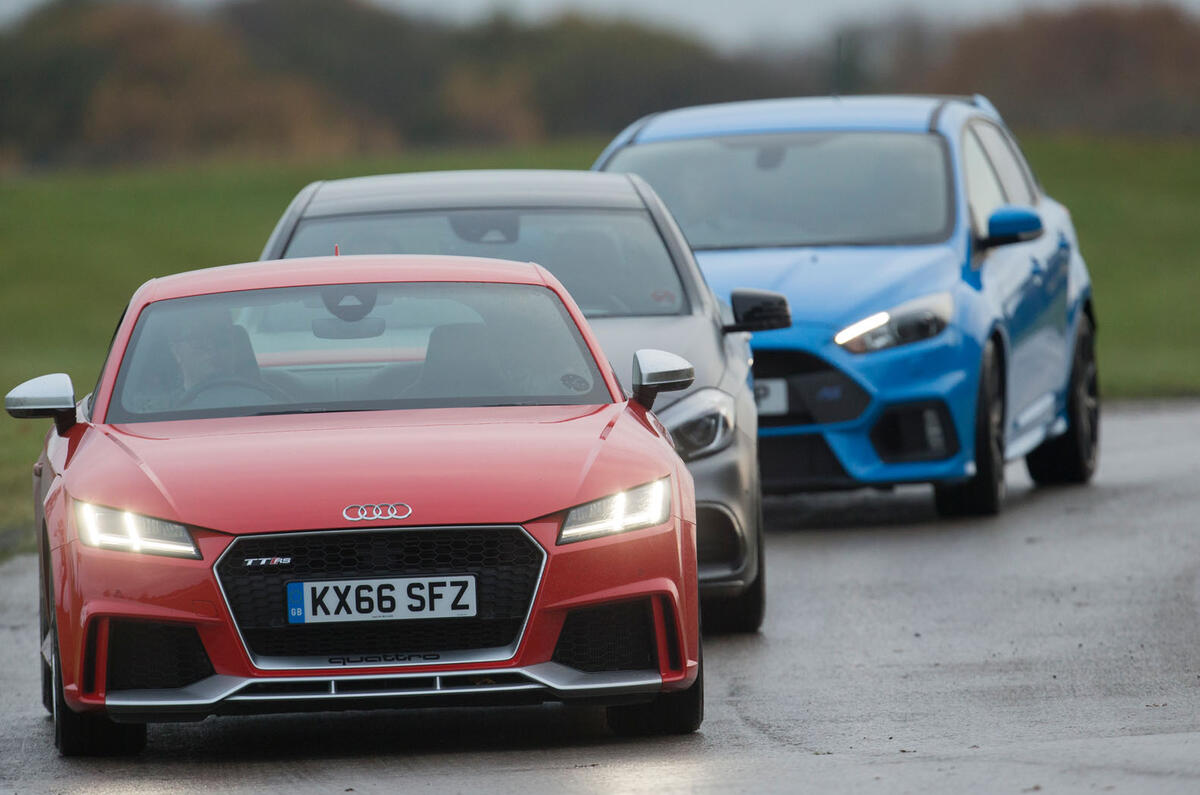
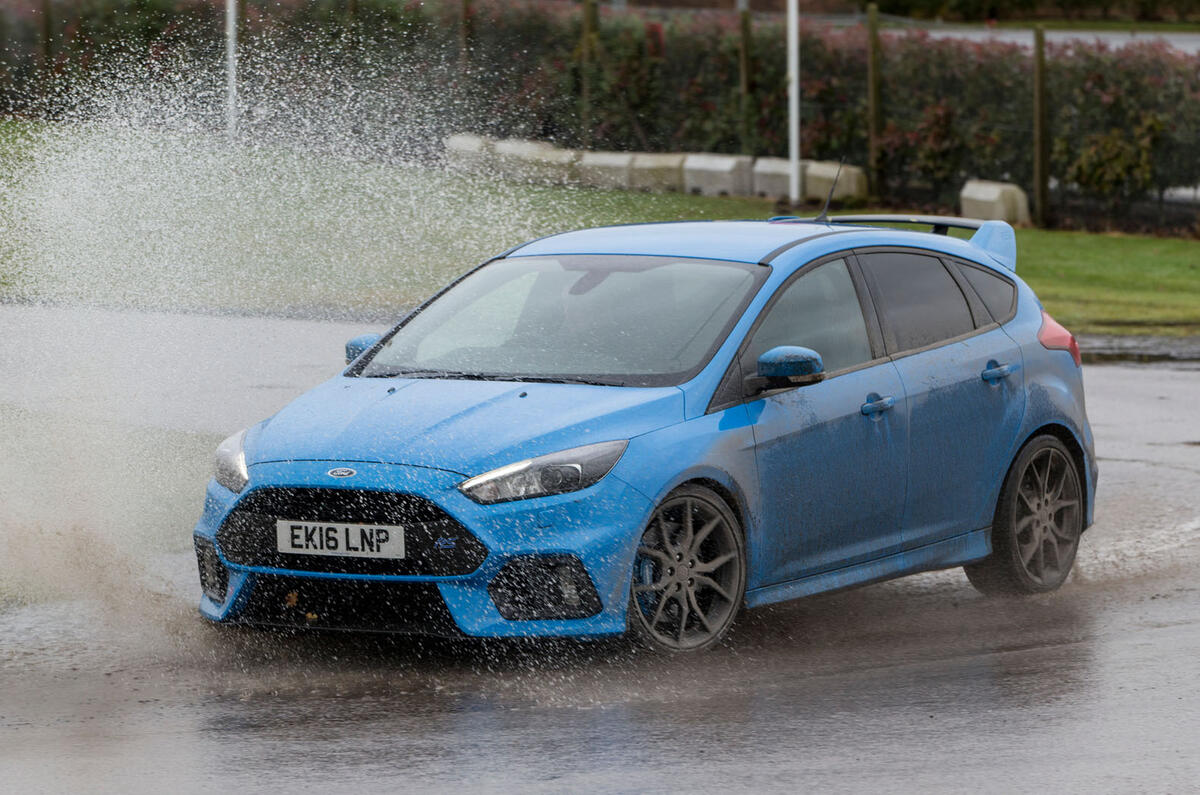
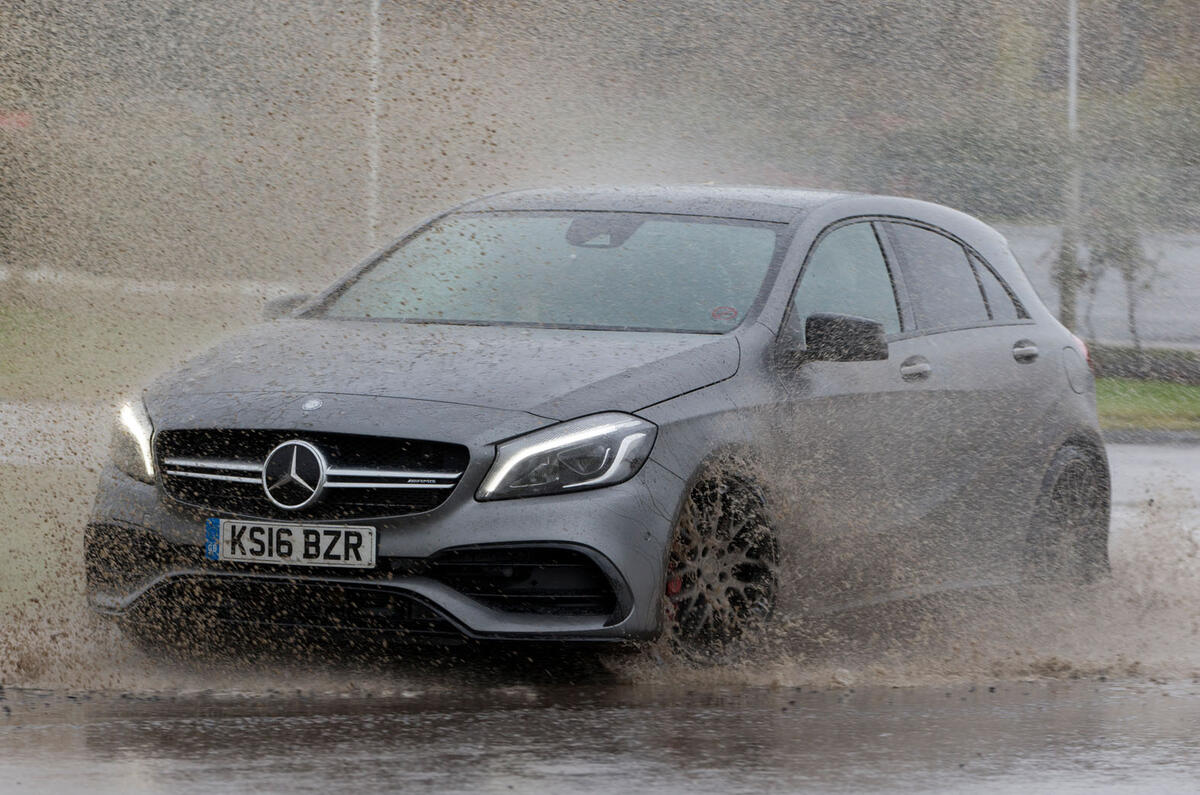
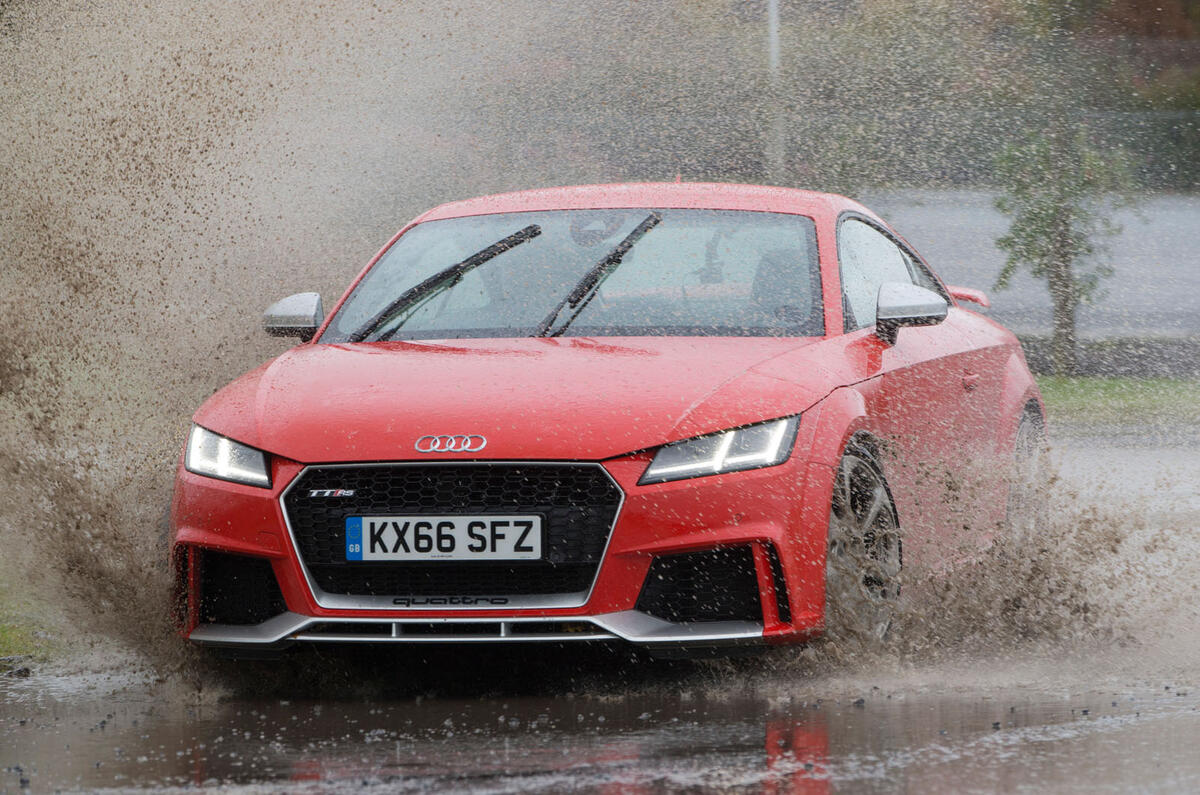
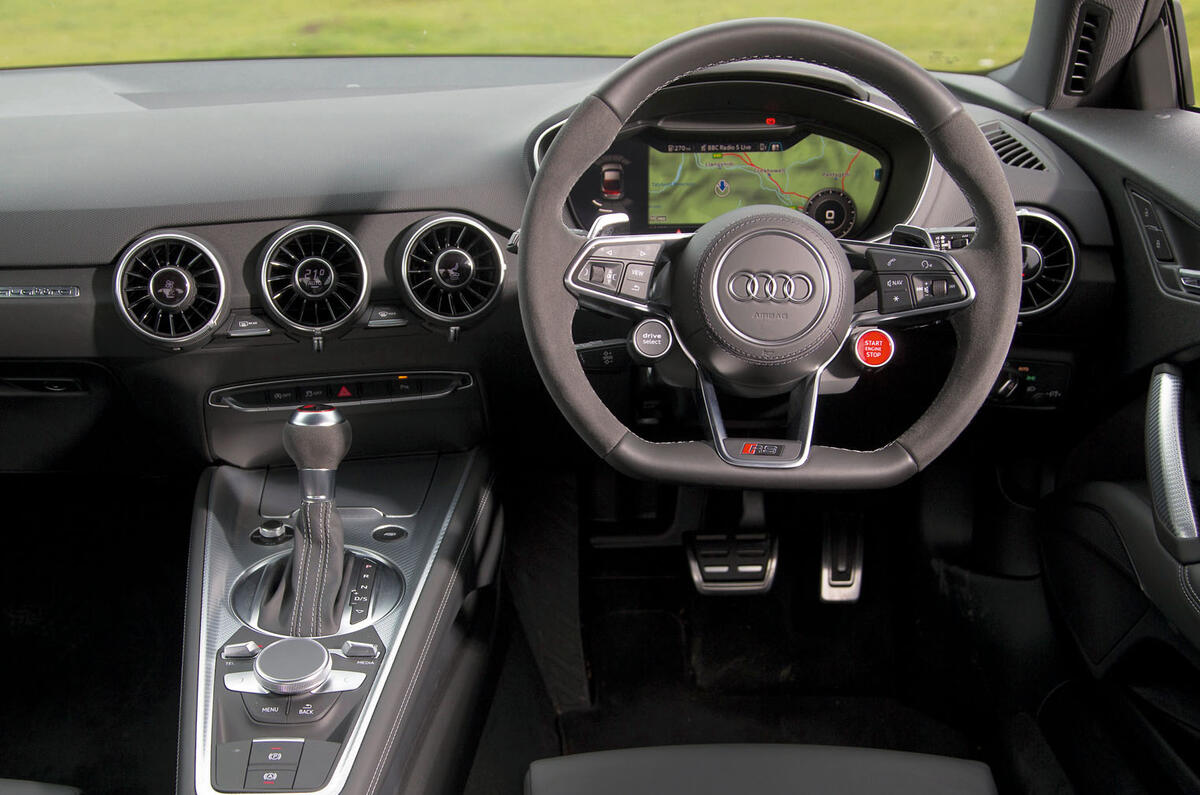
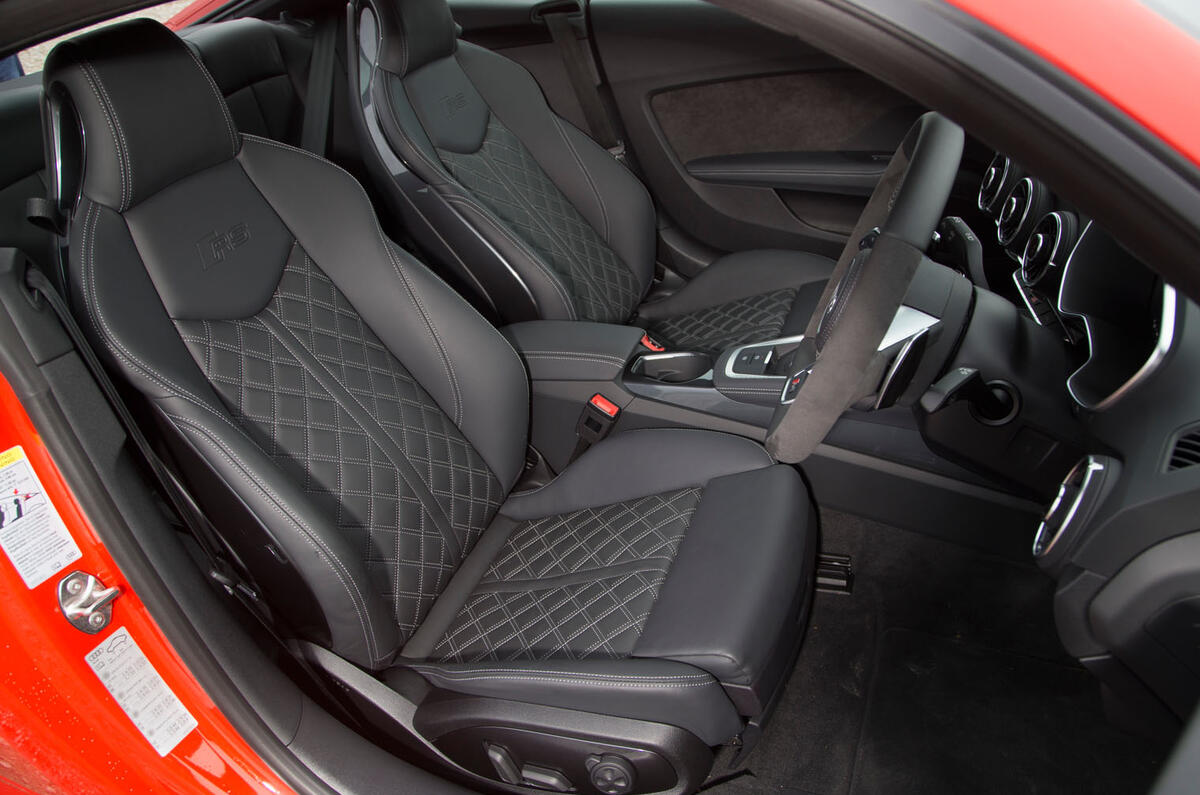
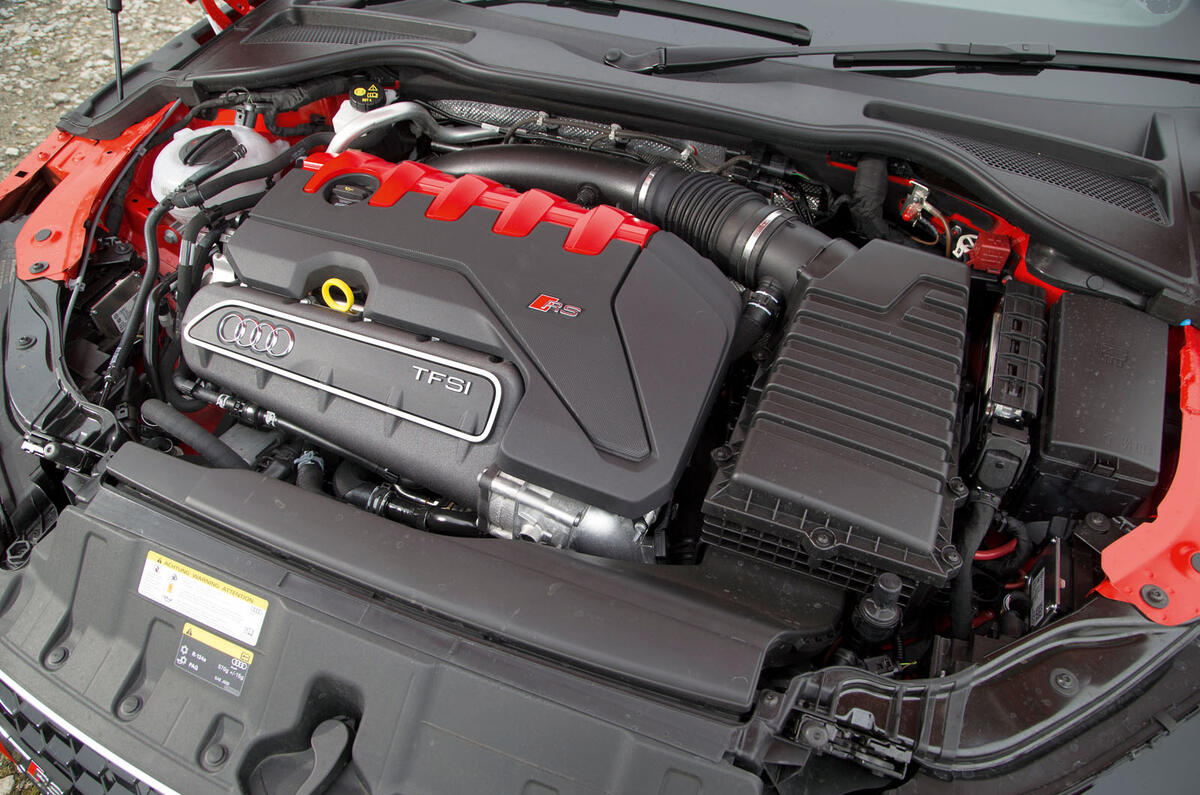
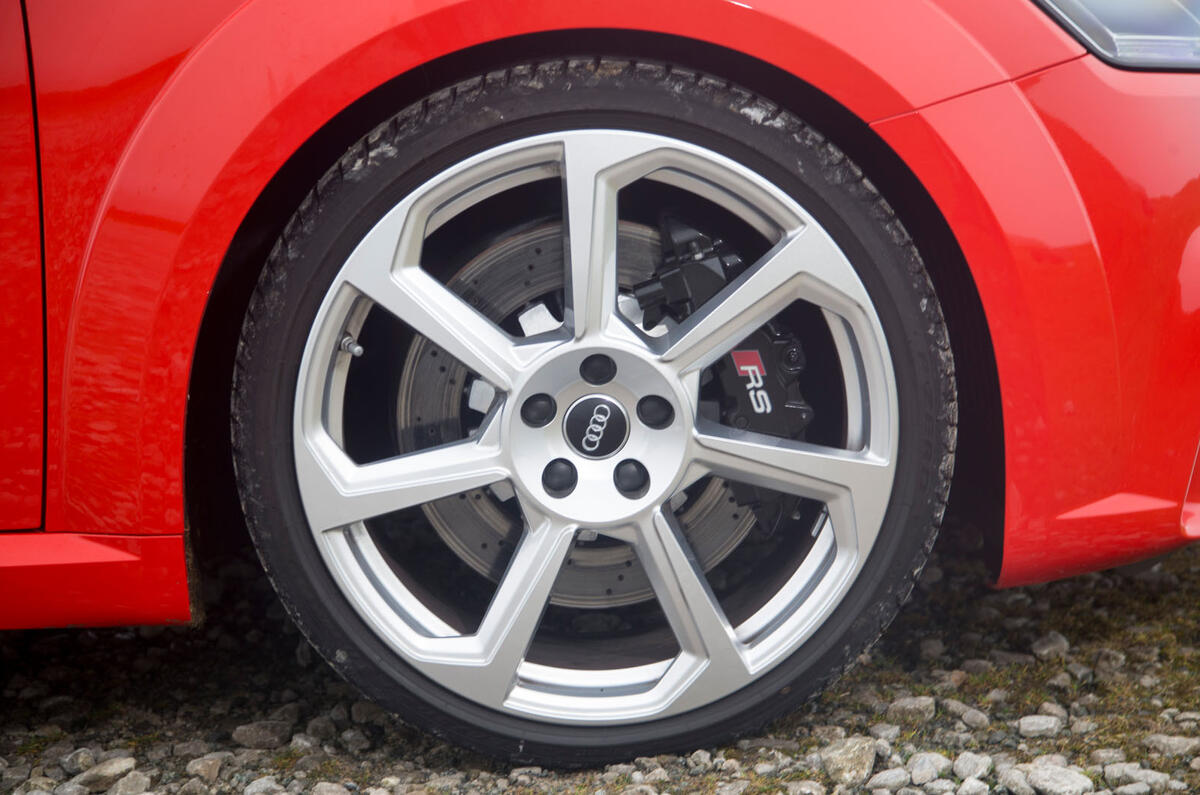
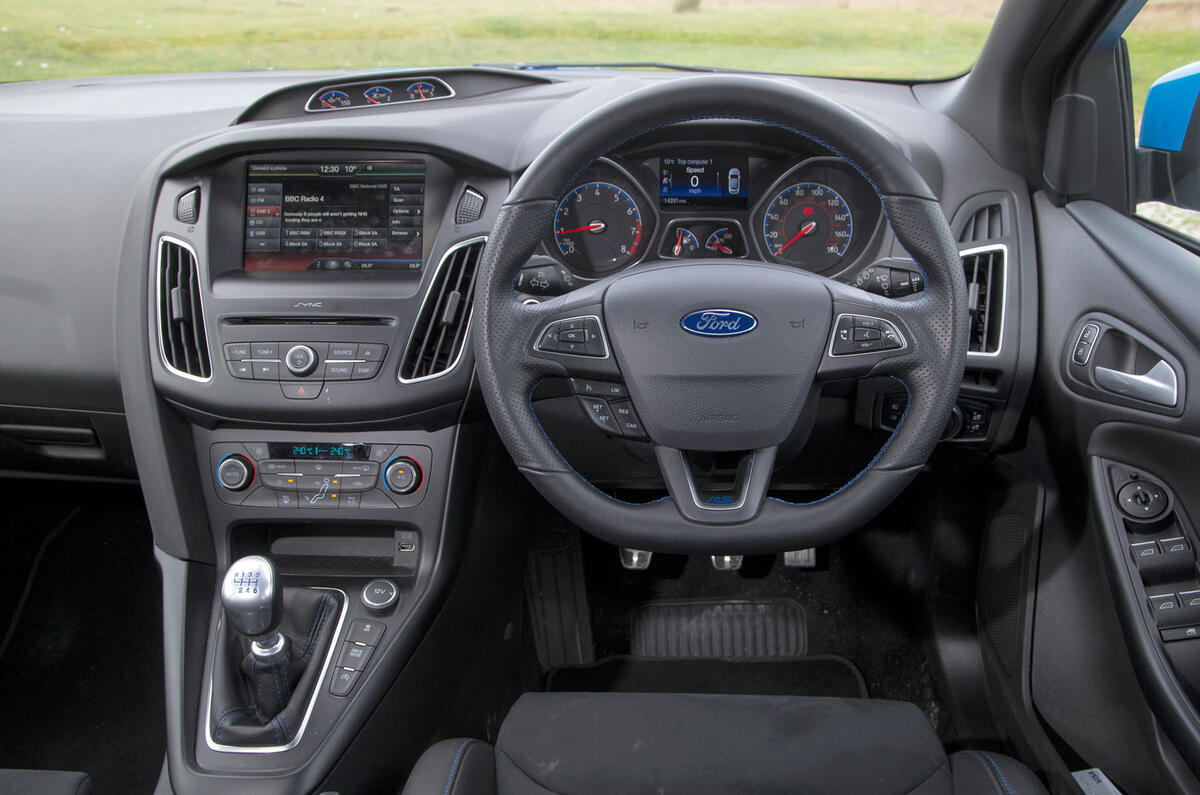
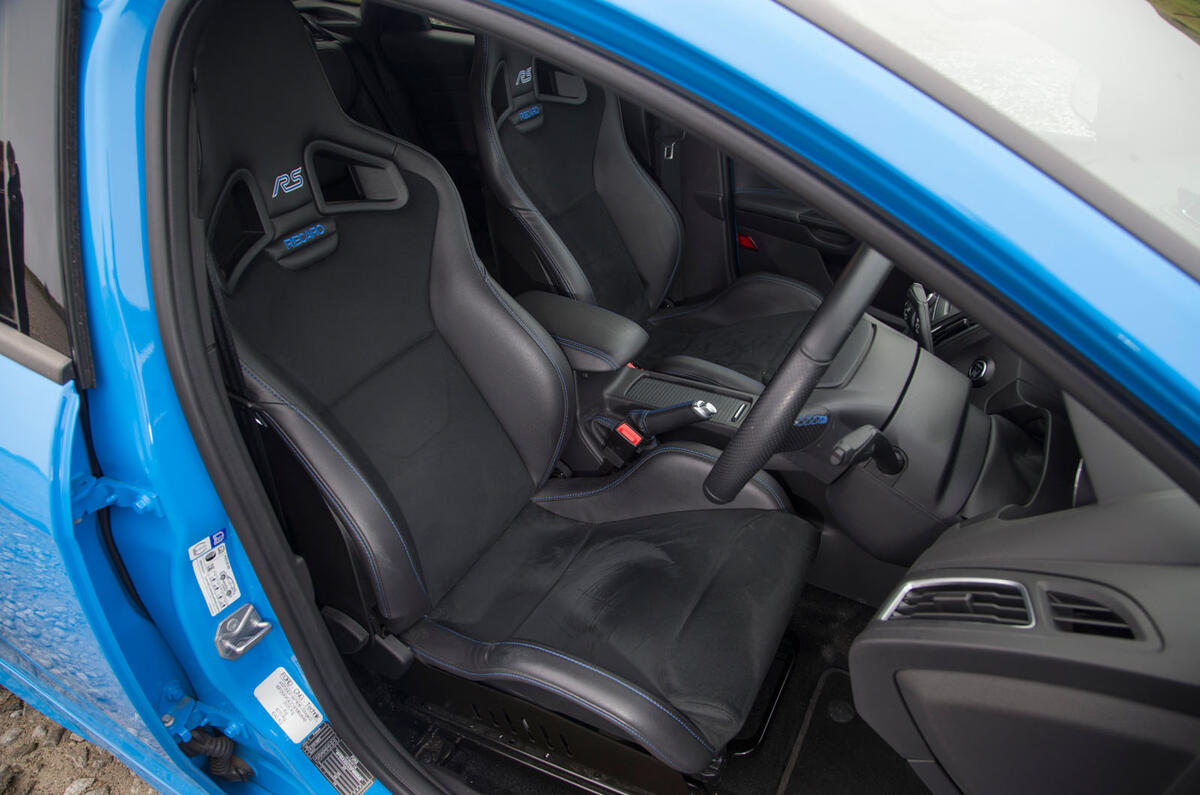
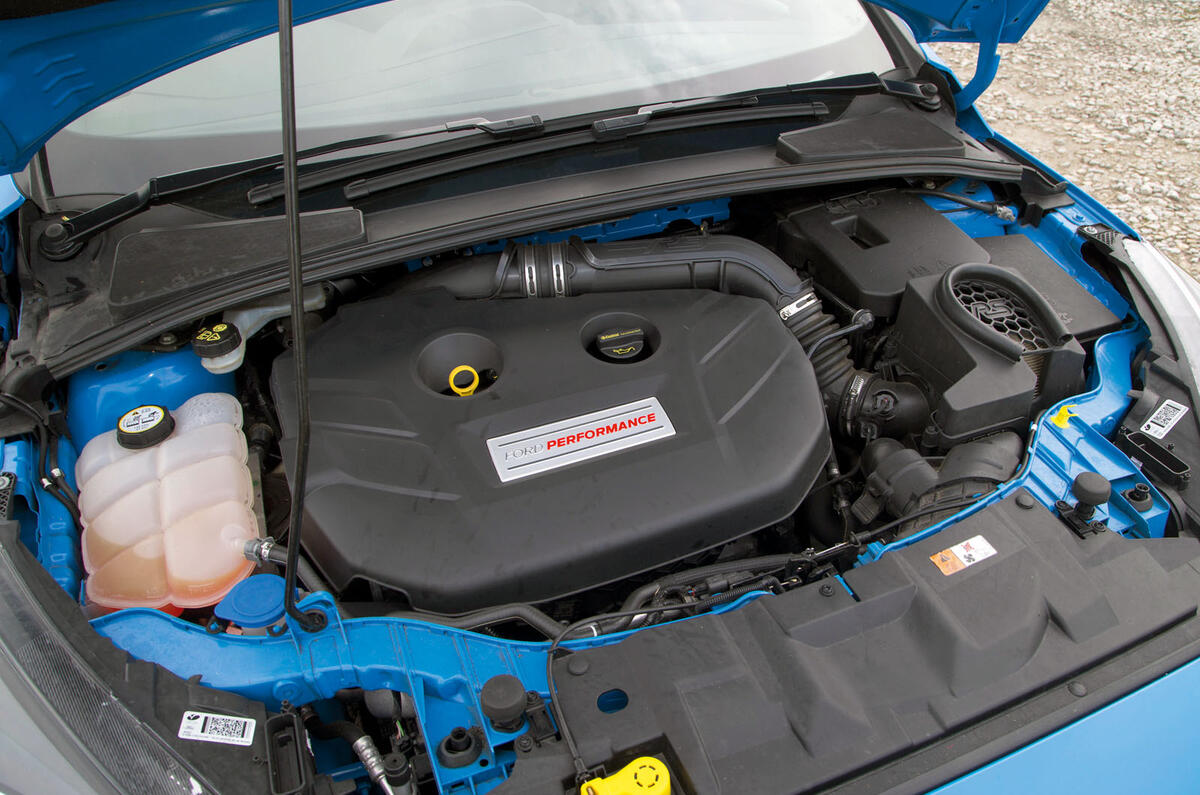
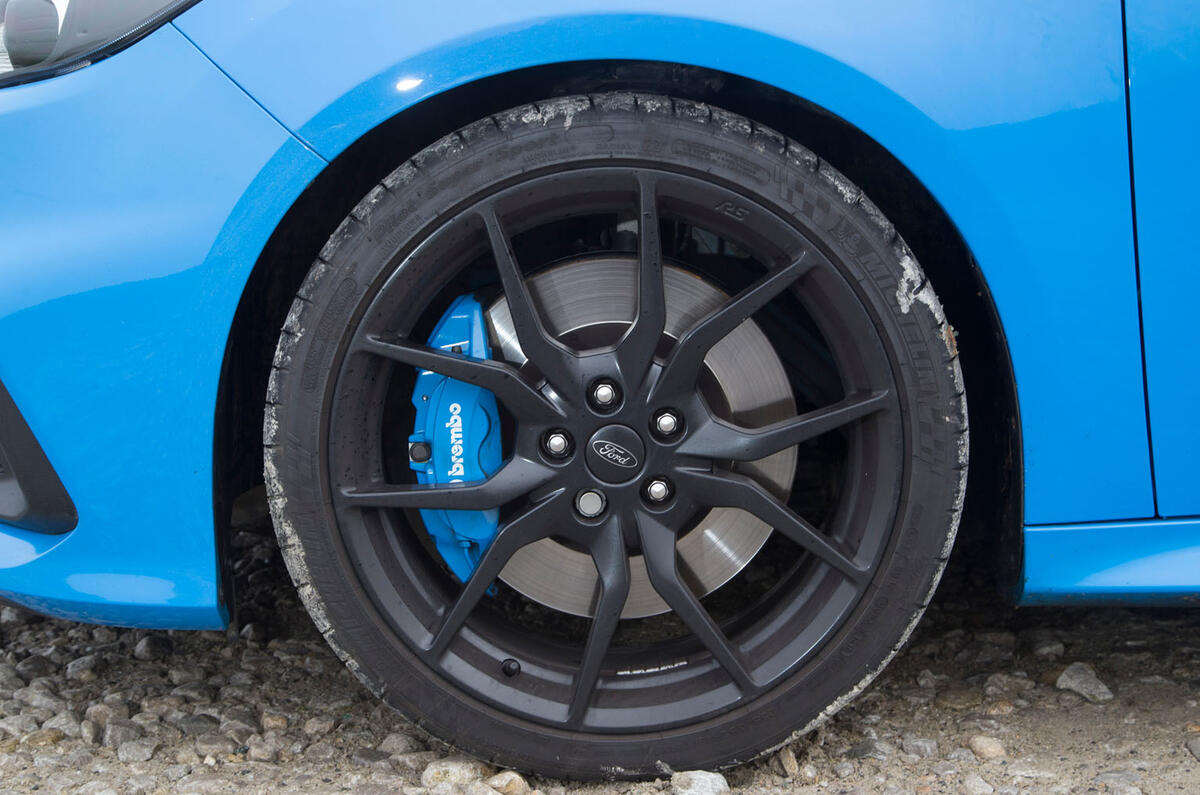
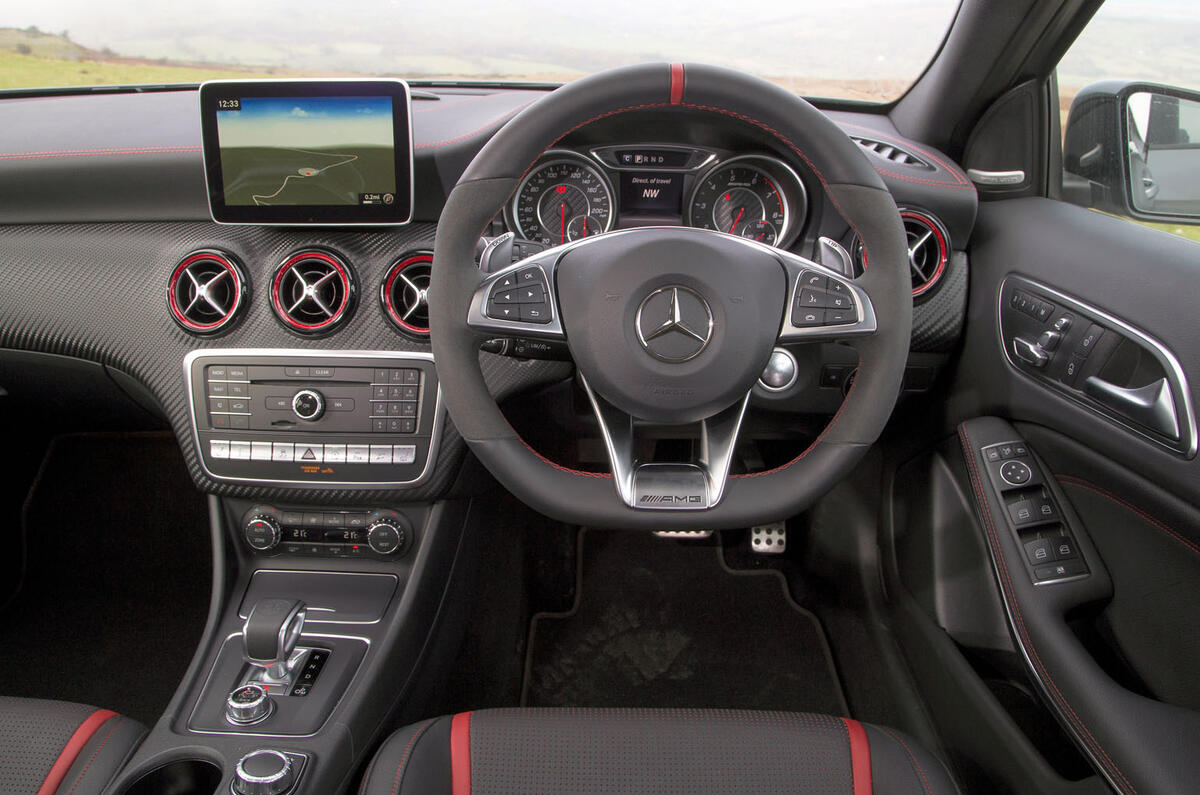
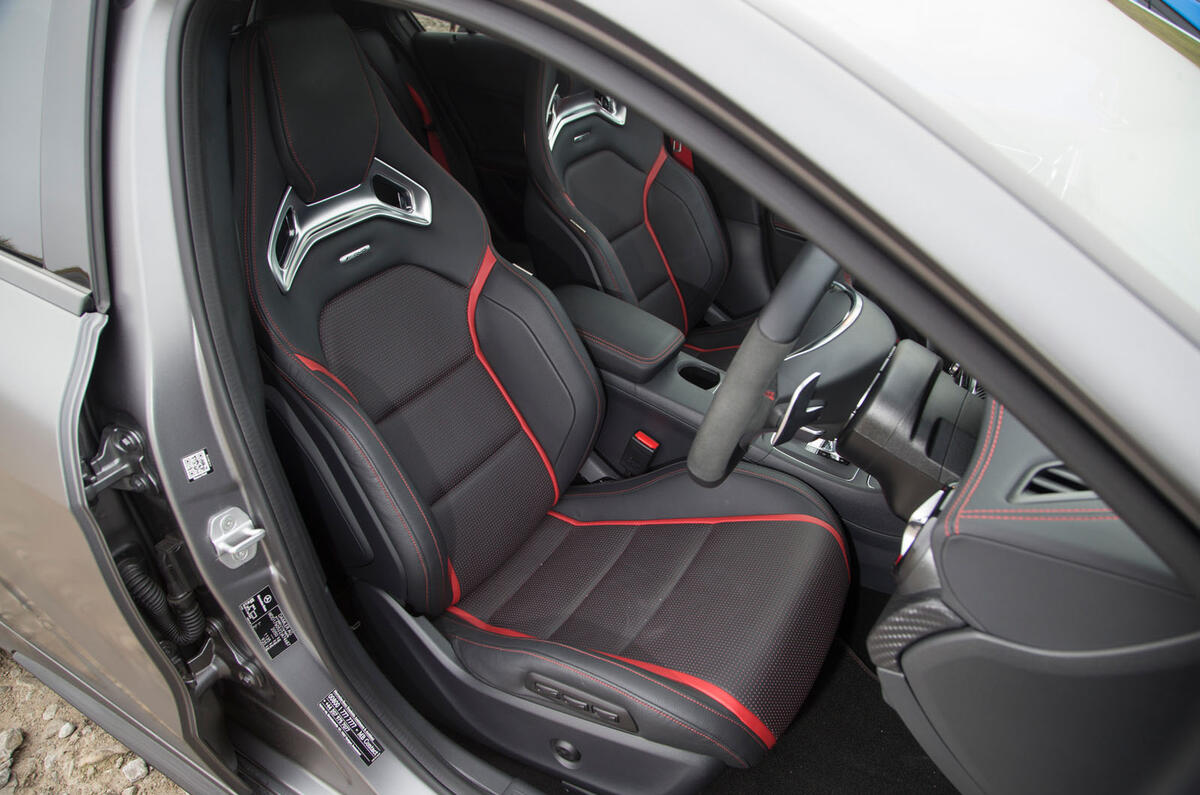
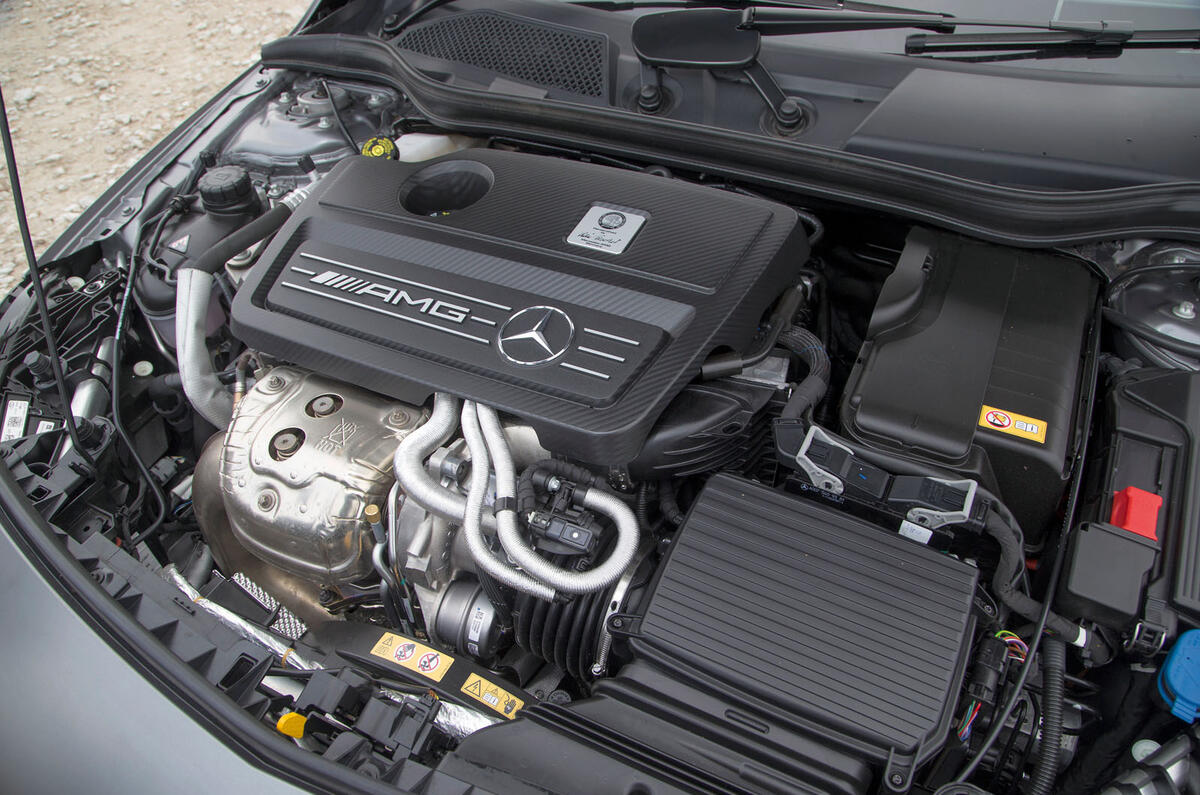
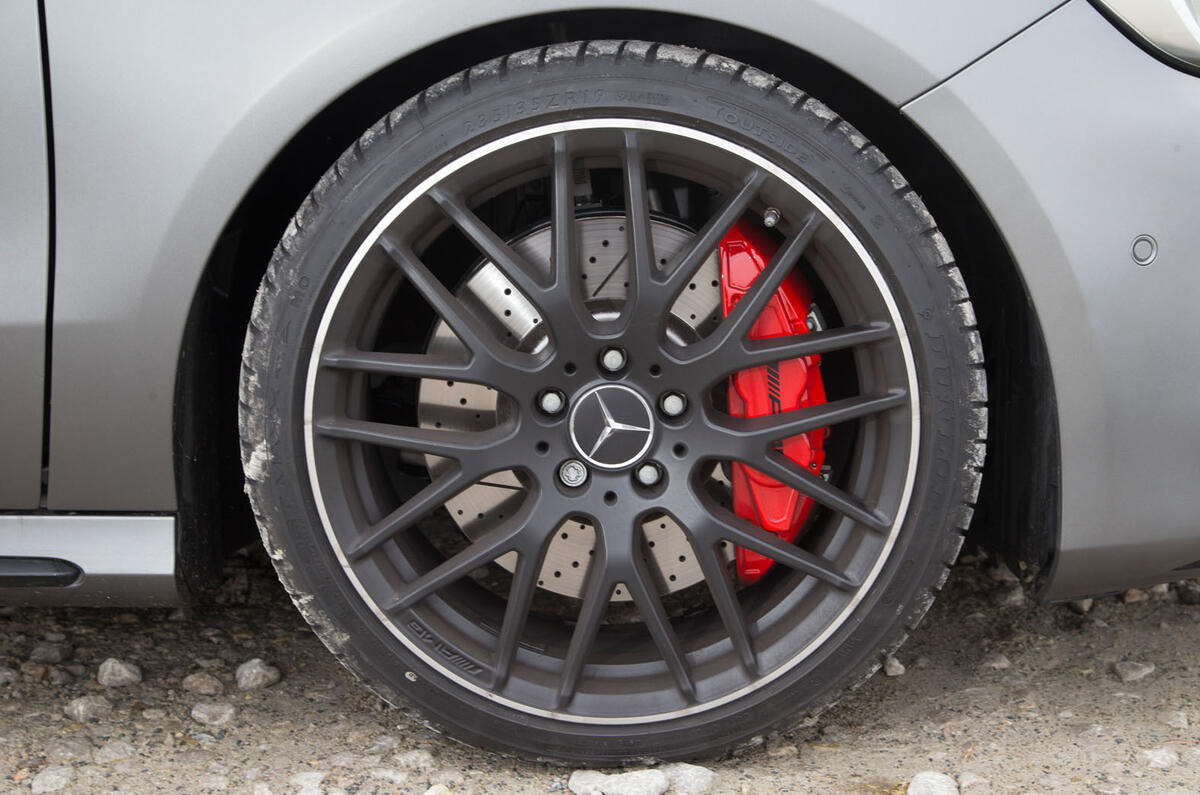
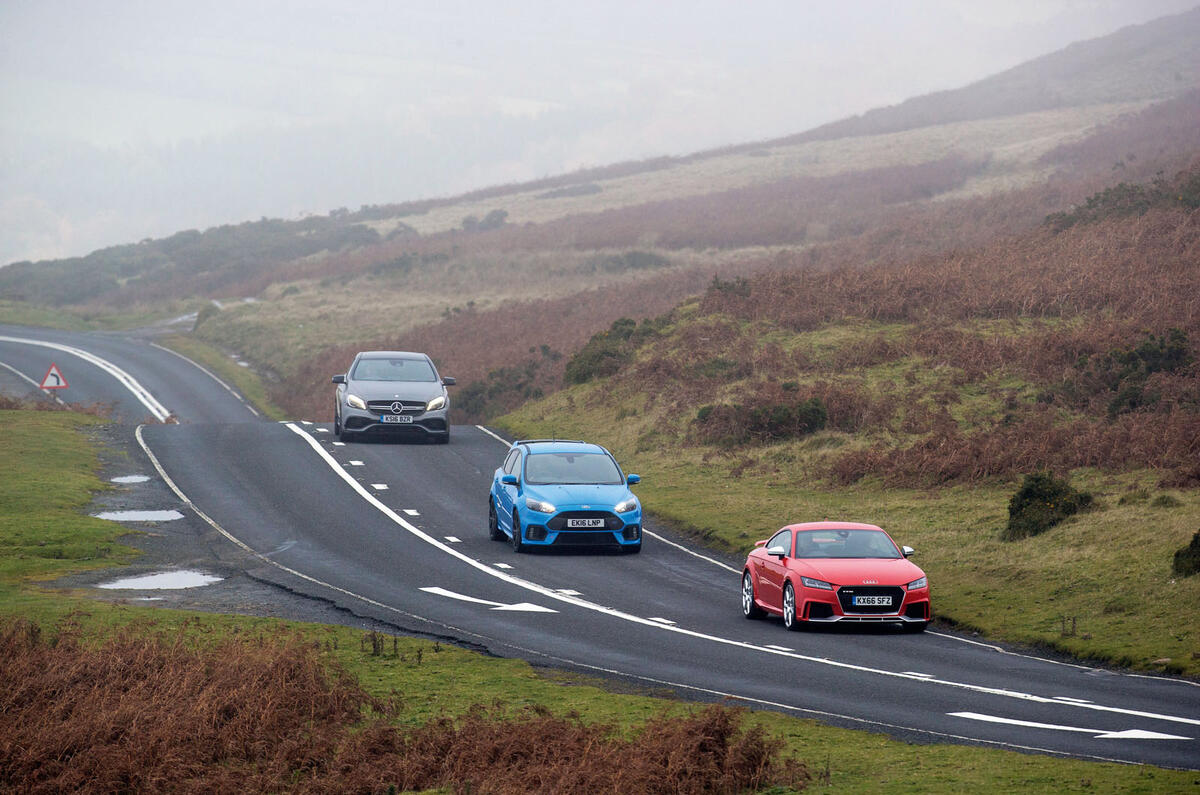

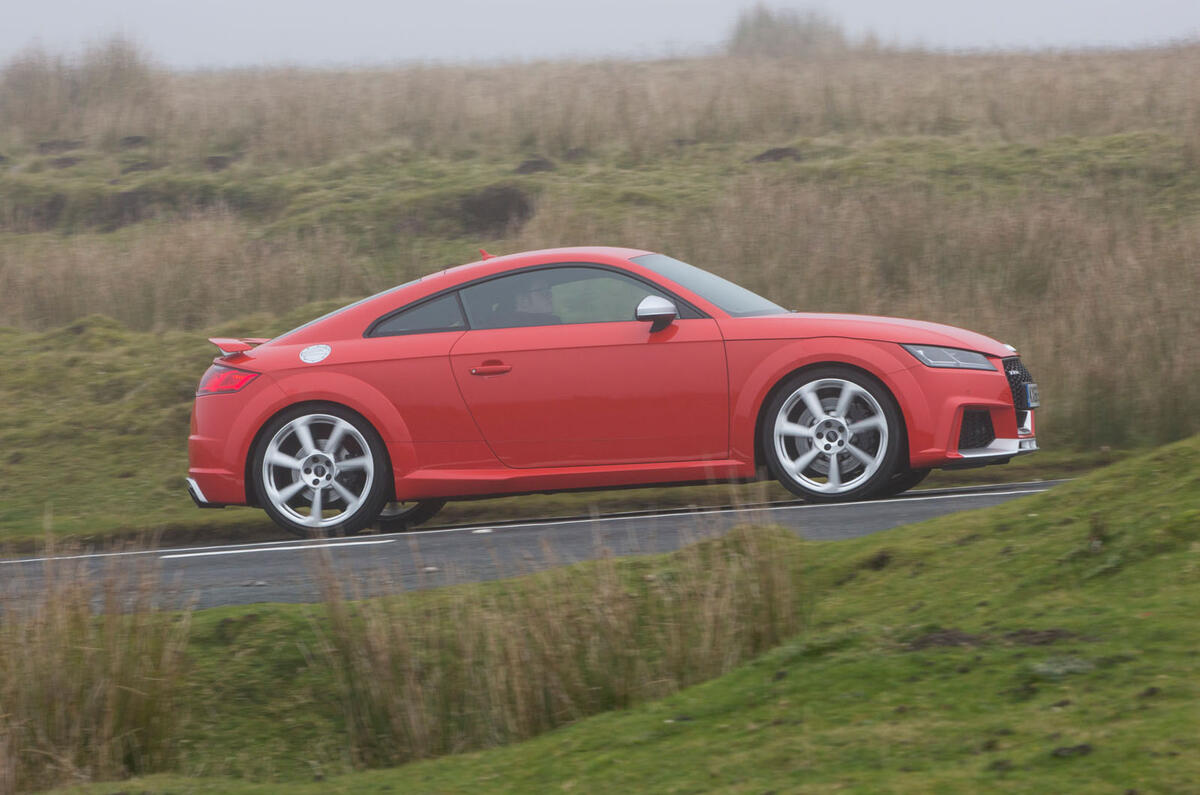
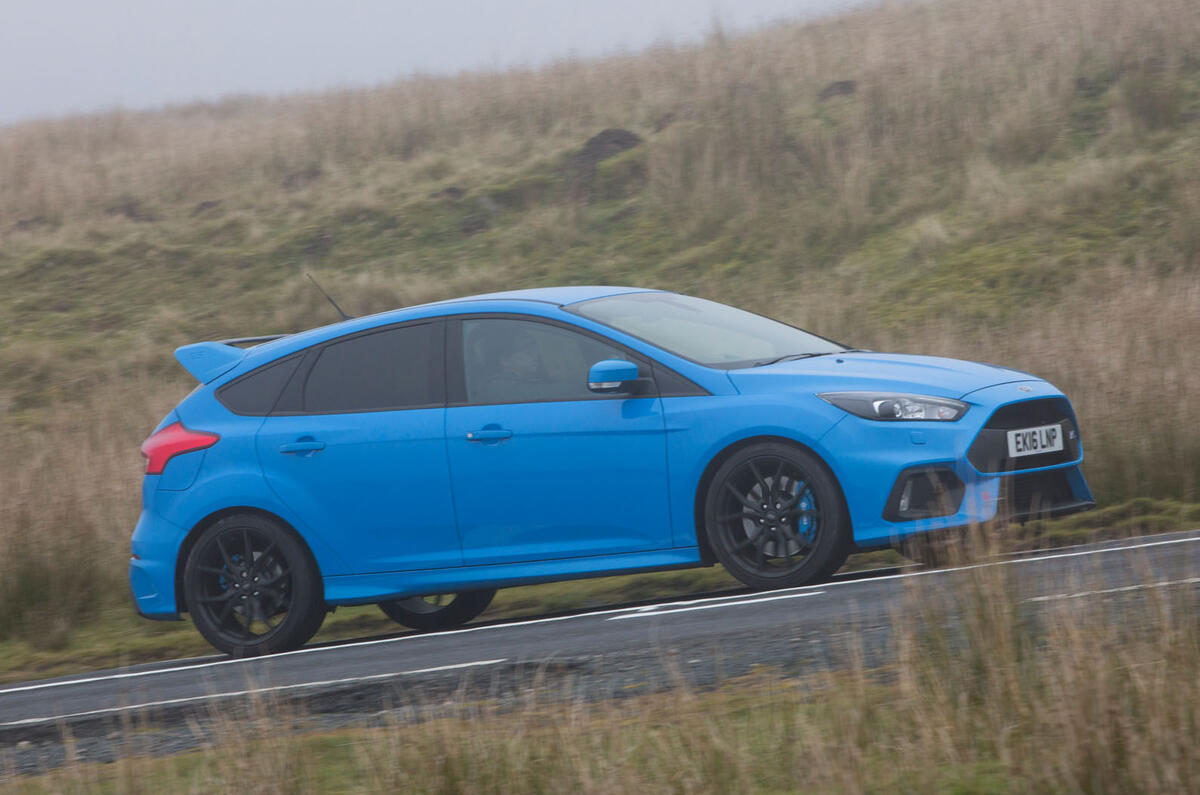
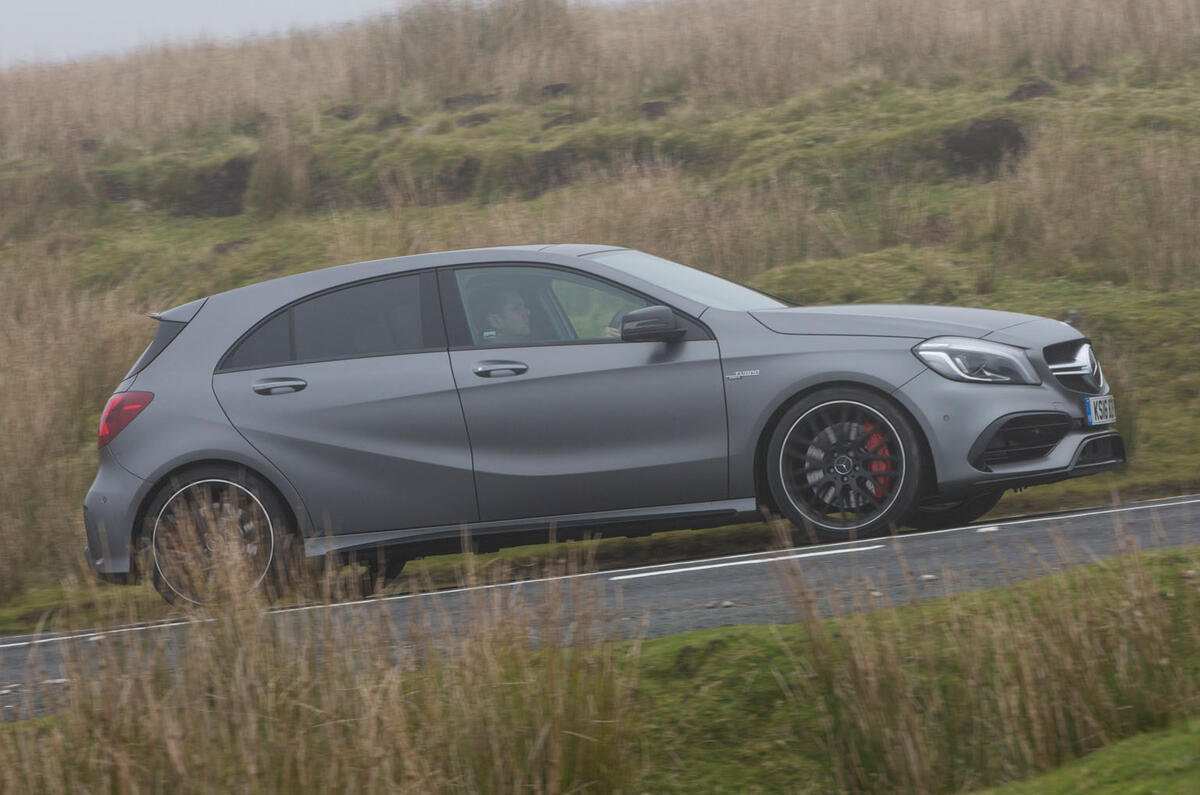



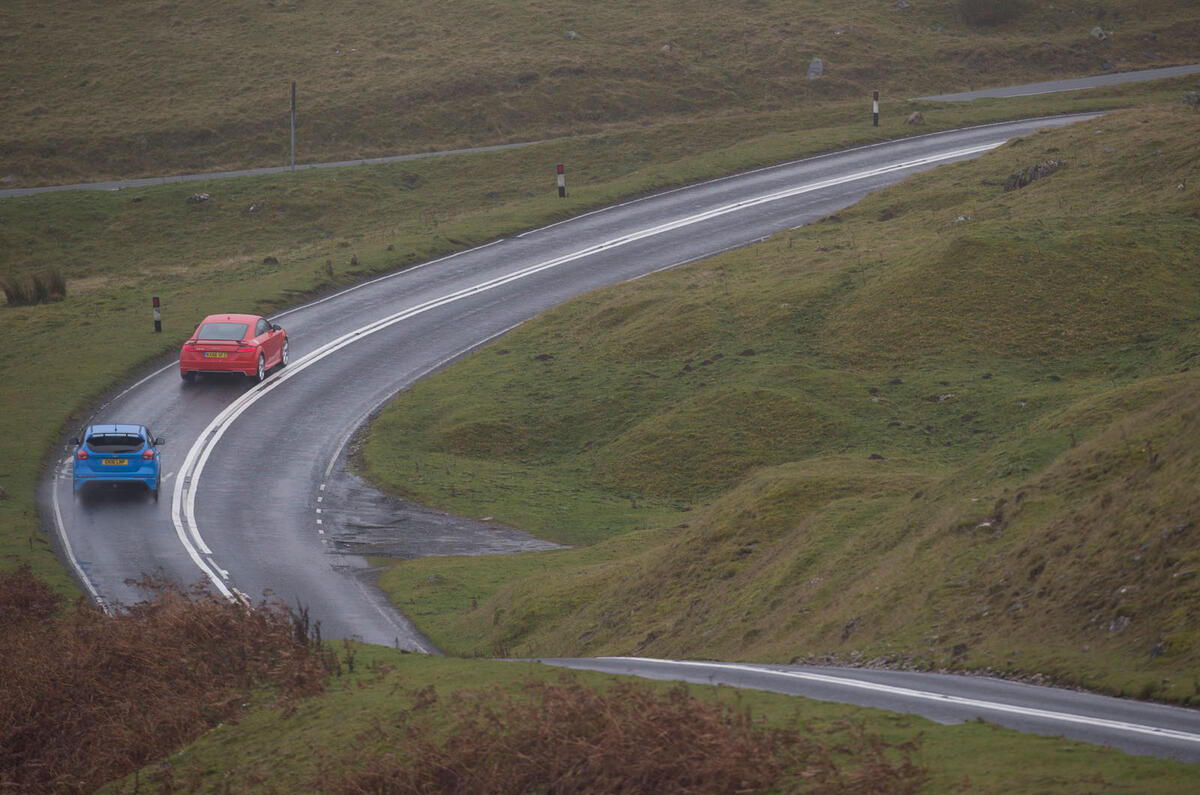
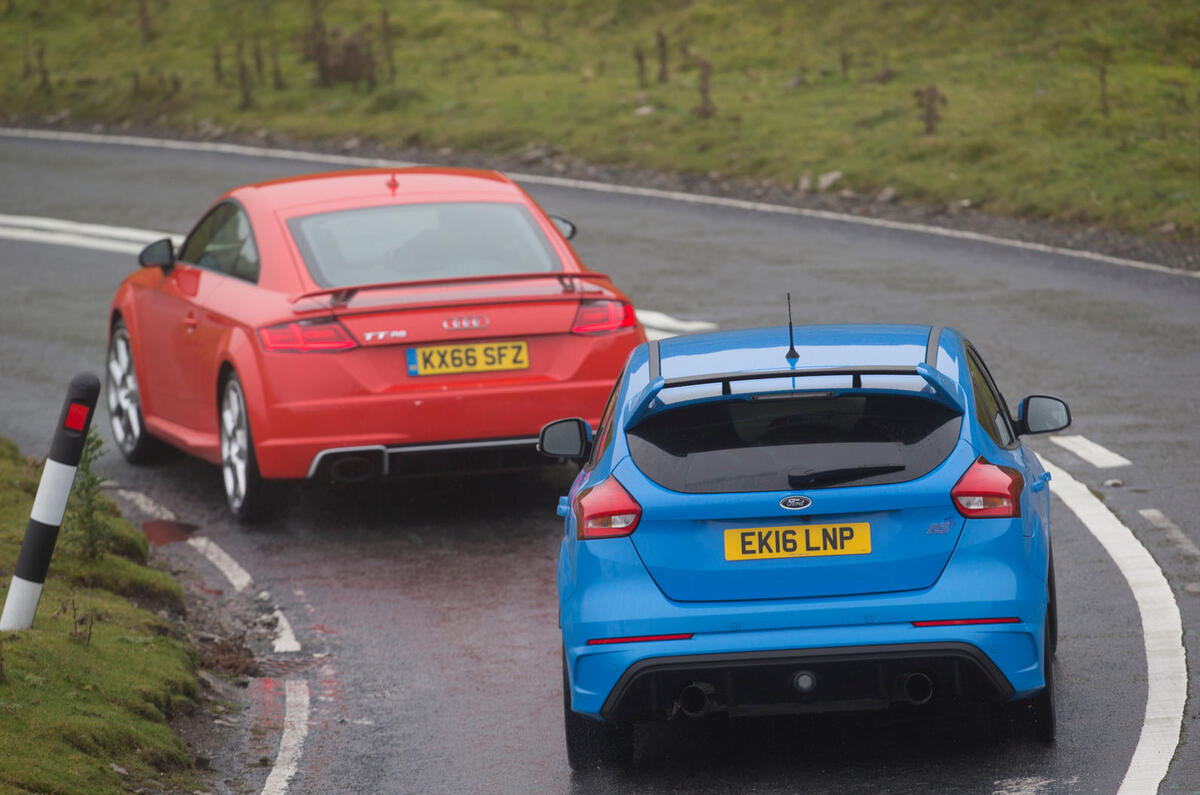
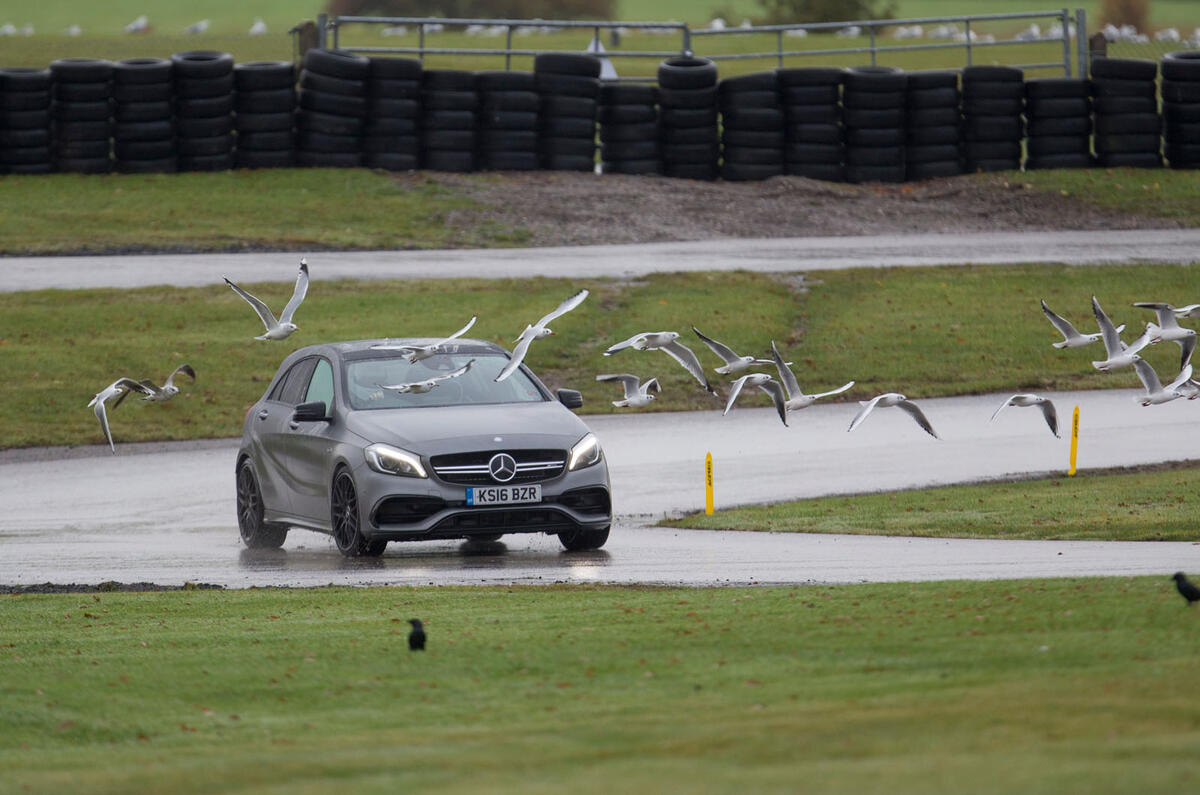
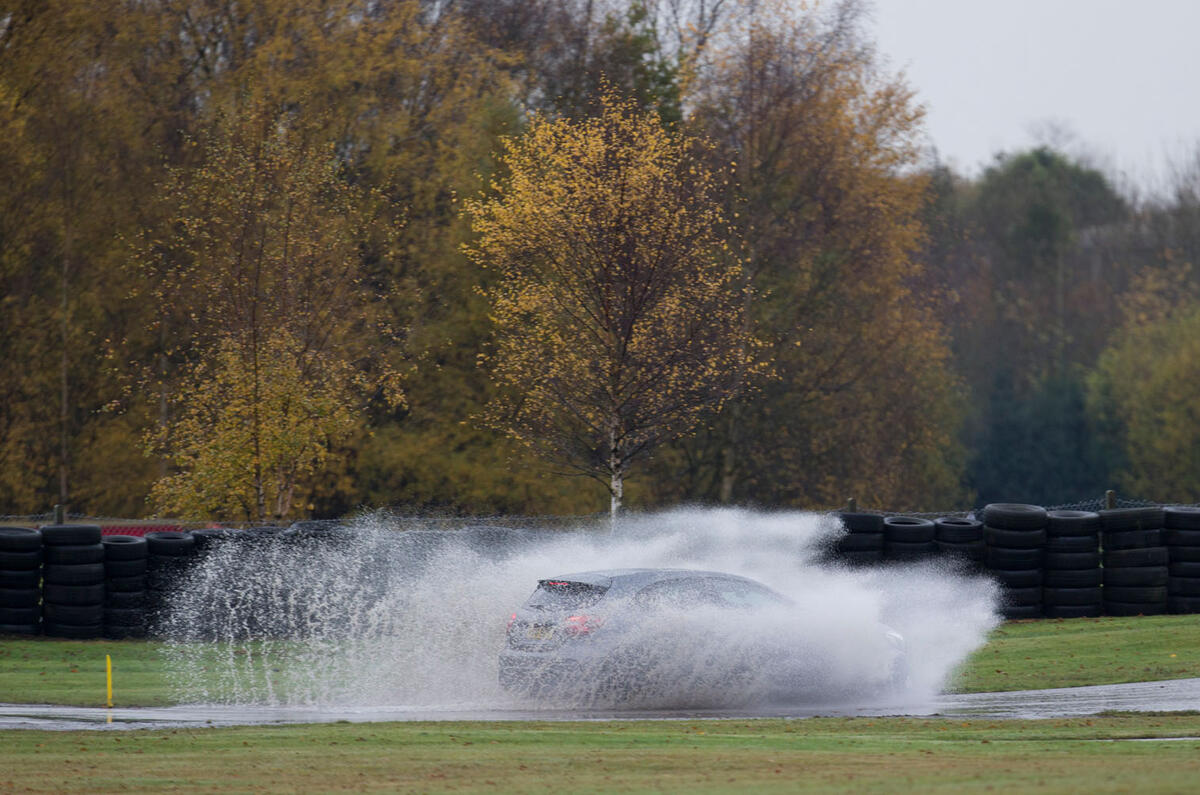
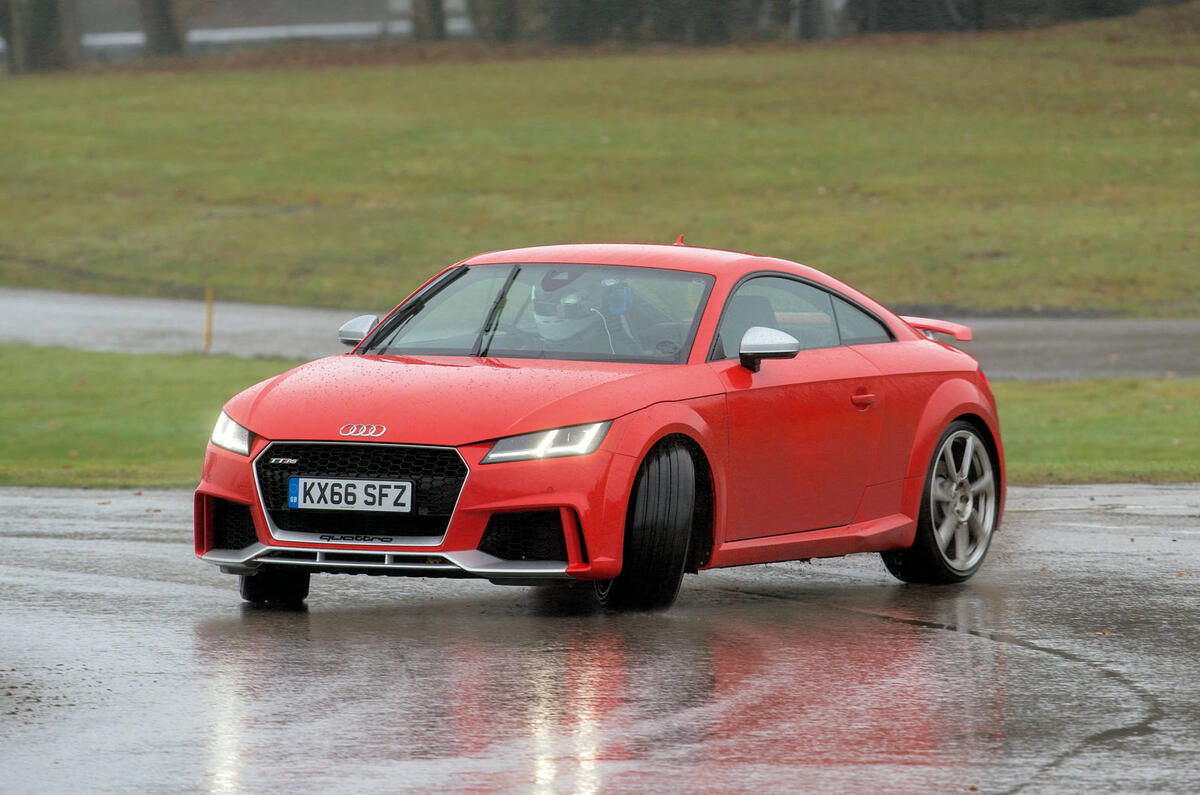
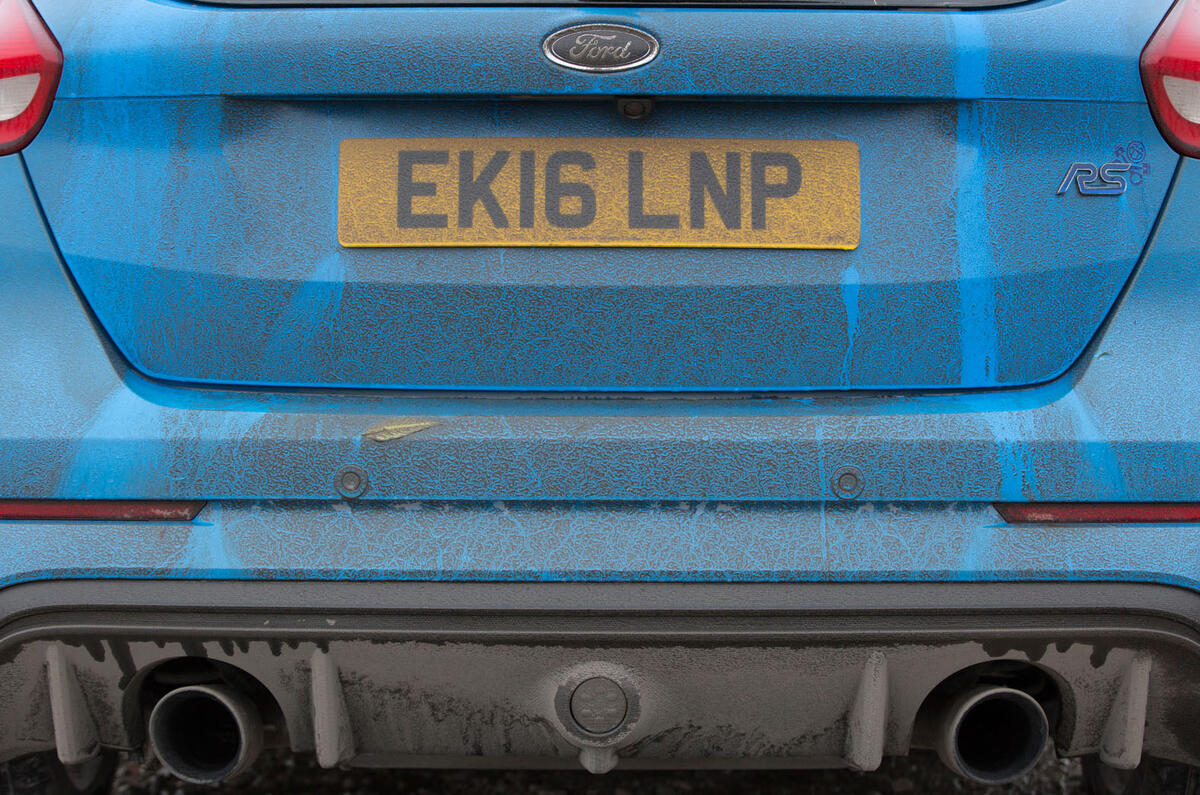
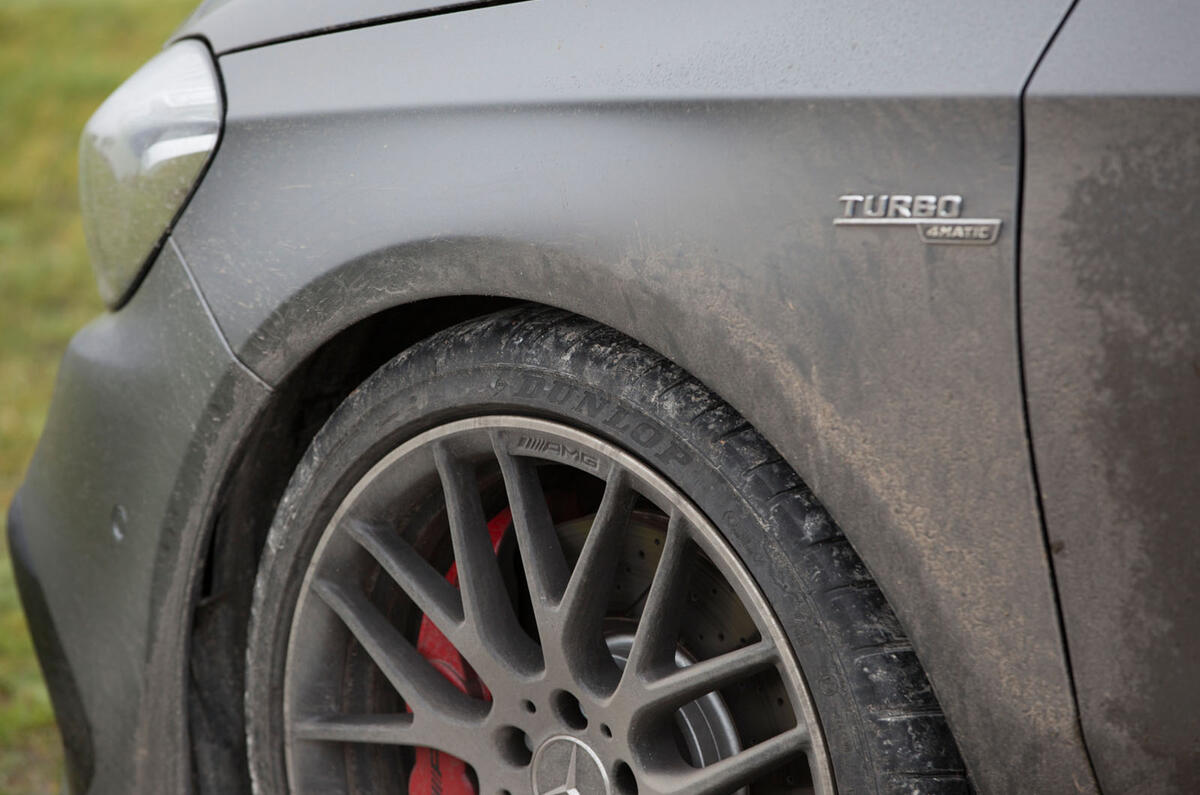
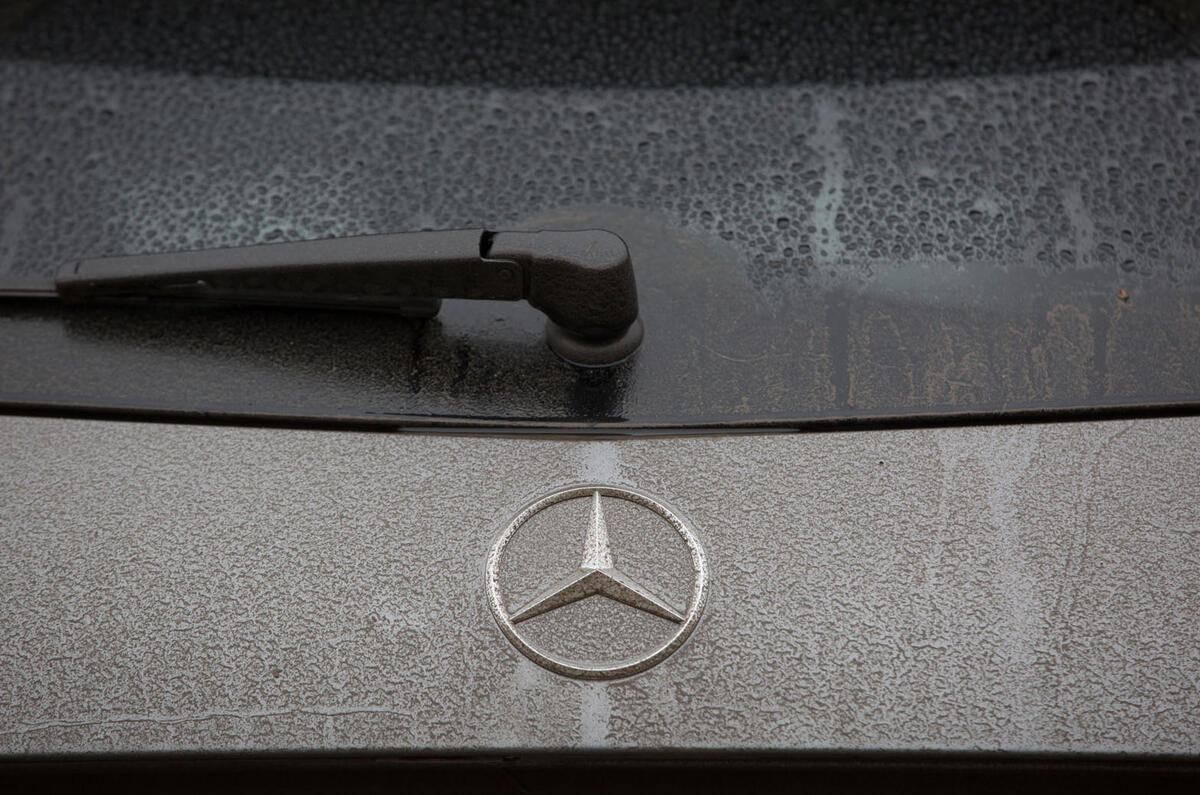
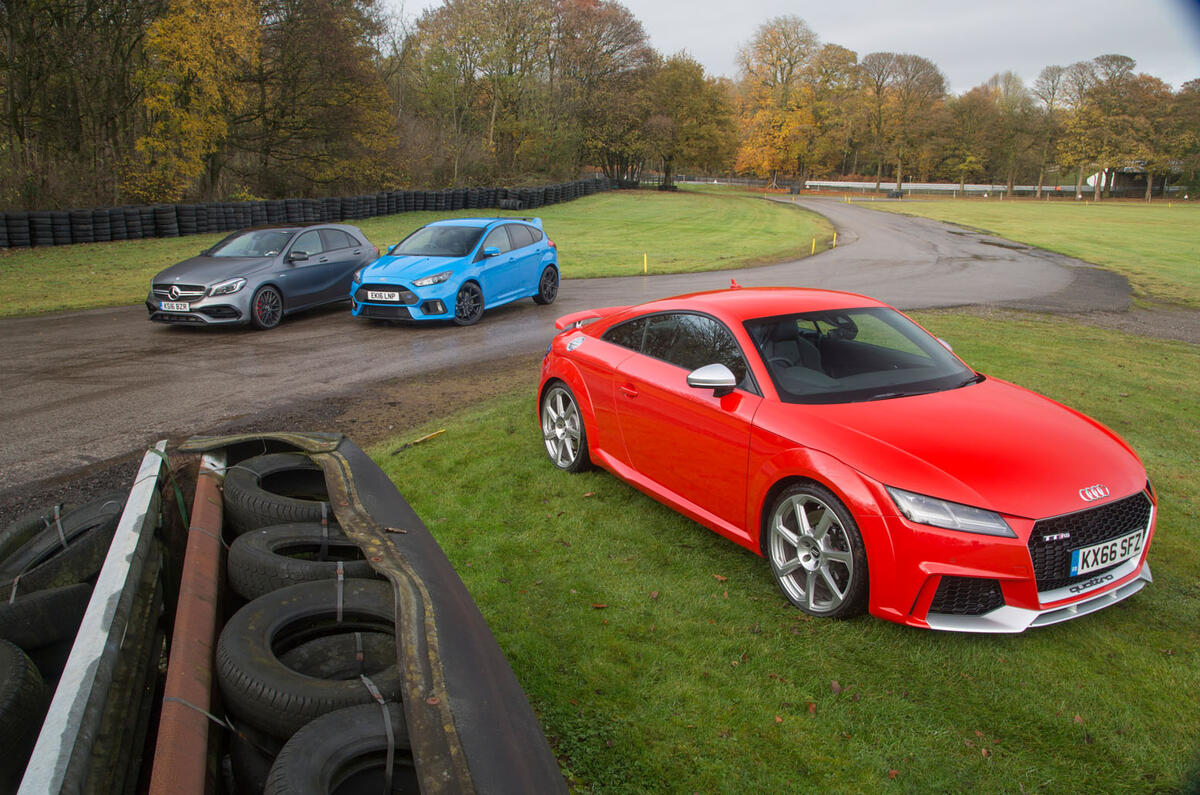
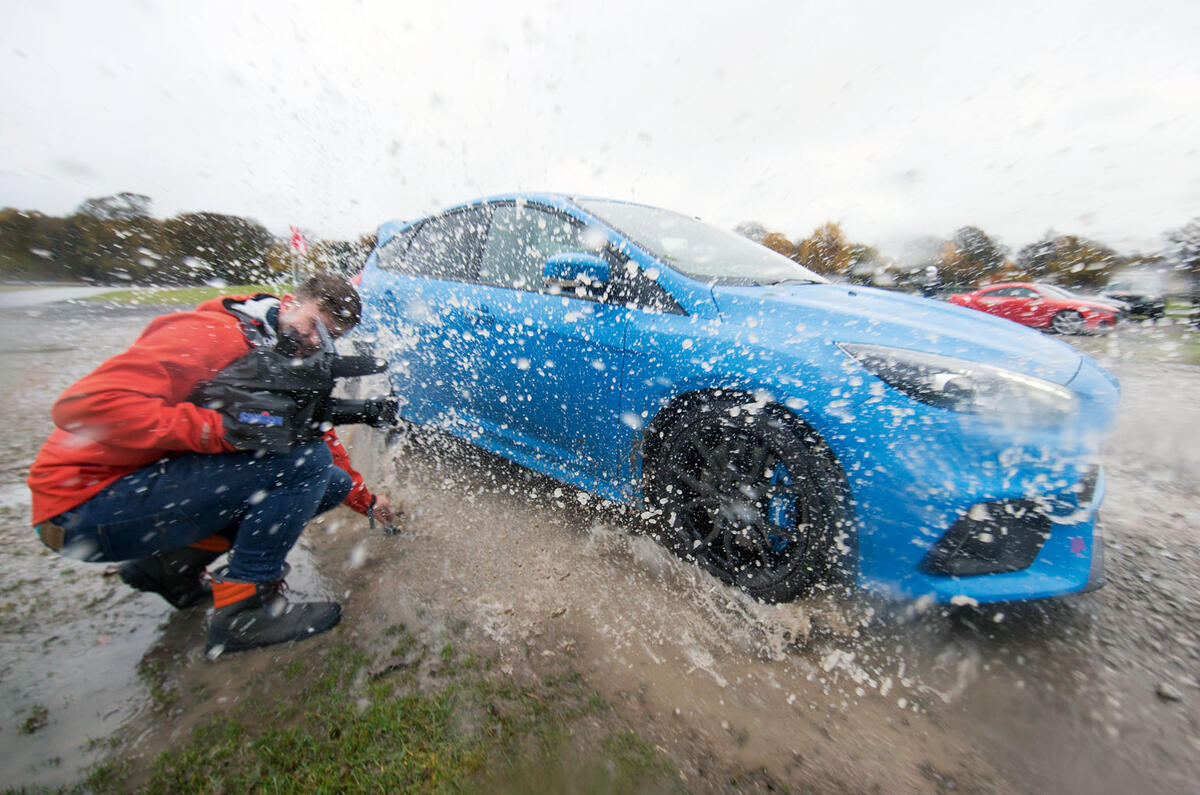
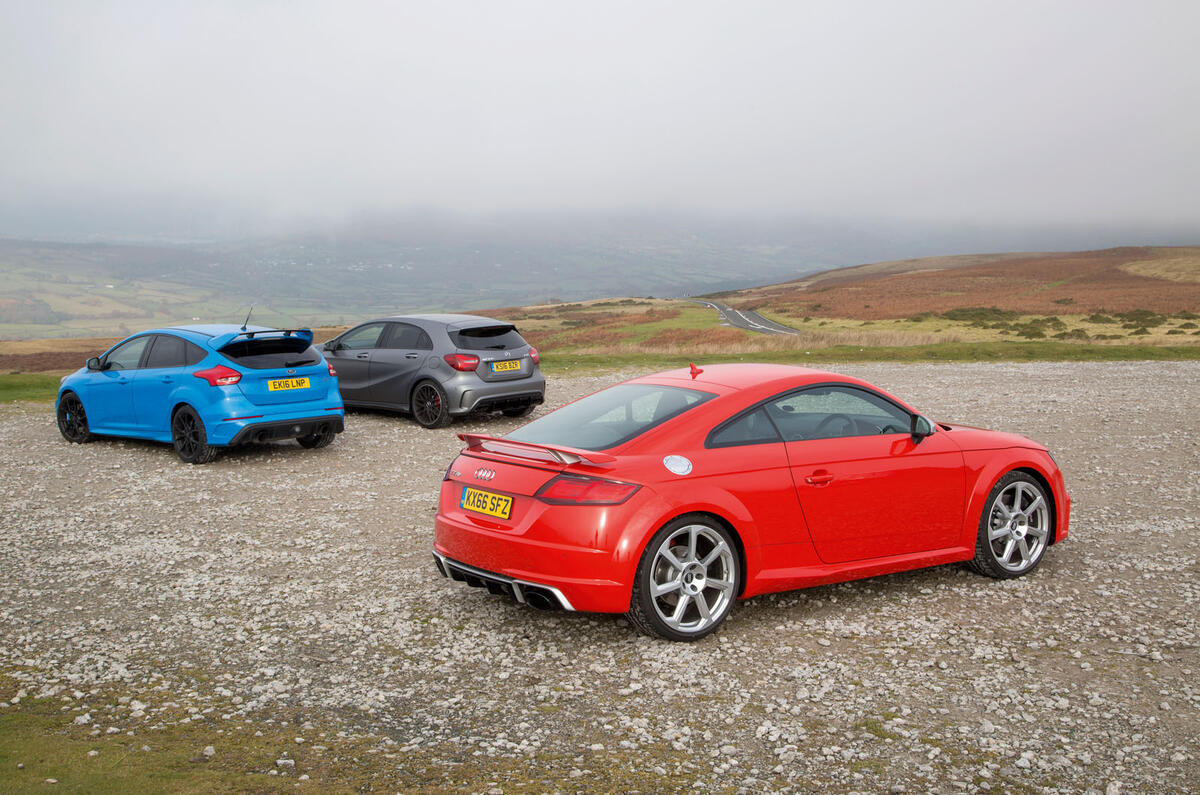

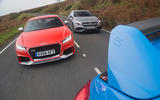

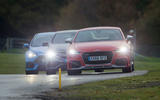

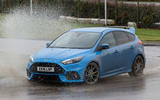


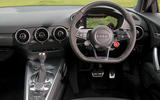

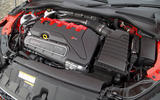
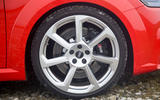
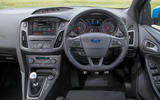
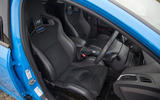
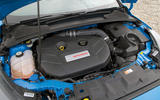

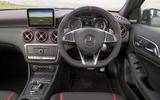
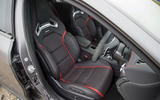
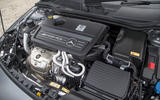
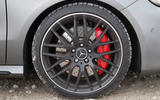
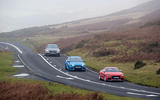
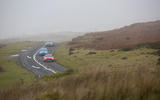
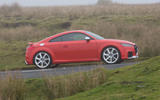
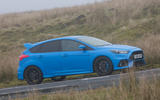
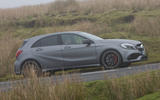
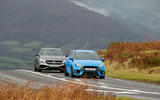
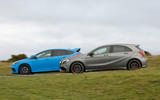

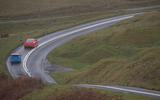
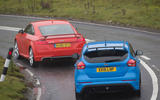
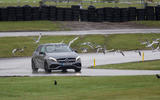
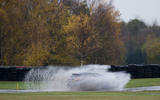
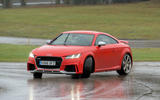
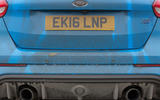
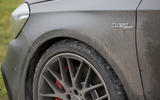
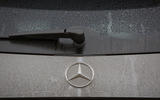
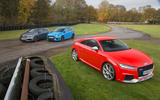

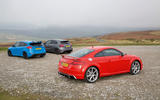






Join the debate
Add your comment
Predictable result.Fast
[Yes I am old and drove manuals most of my life,but never would buy one now]
Like BenS1 said, the price
The choice, therefore, between the Ford and the Merc does not depend on price but simply what sort of performance hatch you want to drive. This test would have been slightly fairer if it were comparing the Audi RS3 hatch or saloon, but obviously they are not around yet. Discounts on these are harder to come by but not impossible.
Engineering, the practicable alternative to skill at the wheel